
To fully understand how special Cory Muensterman’s BMW 320 Turbo is, we have to take a few steps back. First, we’ll look at the 3 Series as a whole, then how this particular E21 travelled the world. Next, we’ll delve into the details of the car and how it was actually built to be competitive, and finally we’ll learn a bit about Cory’s process restoring it. You might want to grab a cup of coffee.
Today, the BMW 3 Series is six generations strong, a compact executive sports car that year after year continues to significantly contribute to the shaping of the BMW brand. Beyond sales figures, the M versions of this model really matter to brand loyalists and car enthusiasts alike; the perception of BMW’s sports cars trickle through all models. With a seventh generation — the G20 — recently unveiled at the Paris Motor Show, the 3 Series is a car that remains vastly important to BMW.
But, really, it all started in 1975 when Paul Bracq penned the iconic lines that make an E21 an E21. This was BMW’s first foray into the 3 Series, a car that came along to replace the decade-old design of the 2002. With over a million cars built in the eight years this generation lasted, it’s safe to say the E21 was a commercial success, properly setting up the lineage of the 3 Series.
Where the original 3 Series really stands out, though, is in motorsport. Specifically, Group 5.

It’s here, in FIA’s fourth generation Group 5 — deemed ‘Special Production Car’ — that the E21 seared itself into our memories as the BMW 320 Turbo. Four small and massively turbocharged cylinders shot flames and powered the ‘flying brick’ to seven victories between 1977 and 1978, with various chassis racing on into the ’80s.
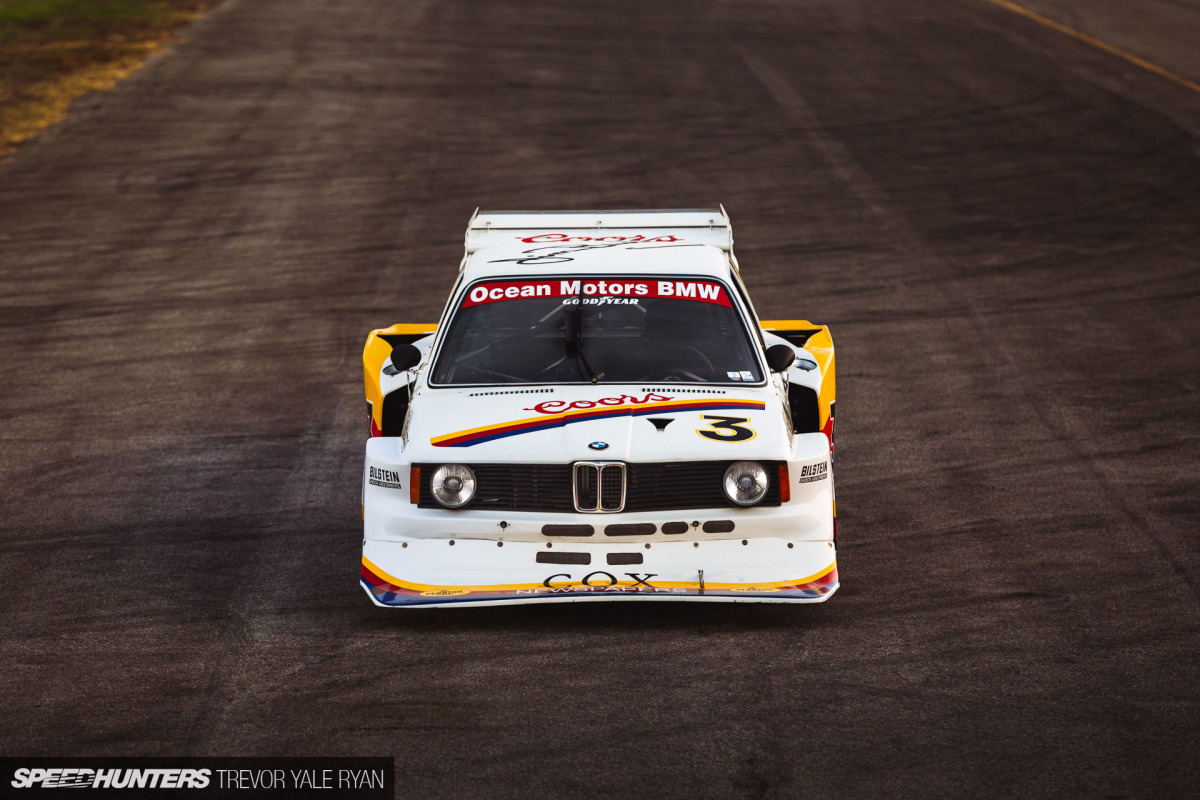
This was no small feat for a brand new platform, and one that BMW converted to race-spec much in the way that you or I might build a car today. Built in just 12 weeks, the engineering team worked without specific technical drawings, instead modifying the car directly.

Although no team was able to secure a championship against the mighty Porsche 935s they faced, the 320 platform saw a number of additional victories and podiums as the seasons went on. Eventually, with Group C changing the racing landscape, the 320s found new homes around the world and continued to race in other series such as IMSA GTX.
The Busby Turbo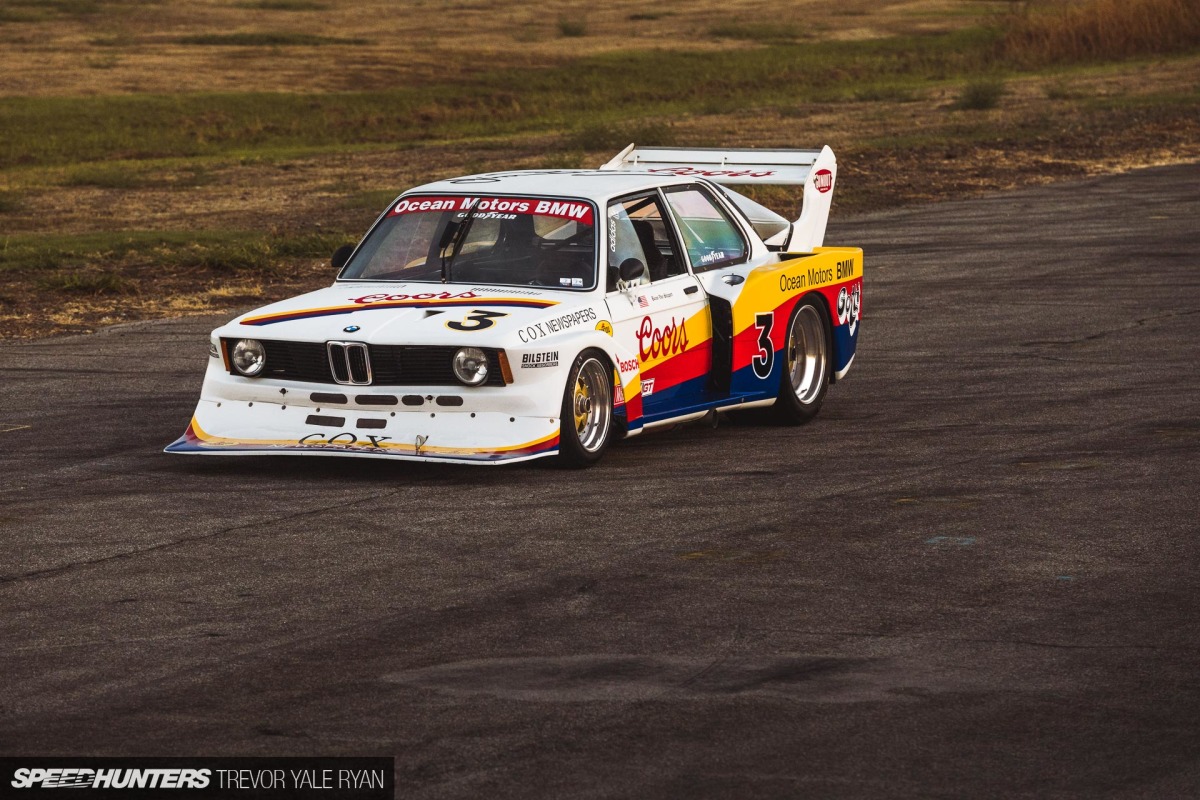
The BMW 320 Turbo I found myself shooting some months back was built in 1978 as one of only two lightweight 320s ever constructed, and the last 320 Turbo built by the factory for Group 5: chassis E21-R4-05. Destined to be driven by Hans Stuck and Ronnie Peterson, the car was only used at two events (Nürburgring and Silverstone) before Peterson tragically died piloting a Lotus 78 Formula 1 Car at the Italian Grand Prix.
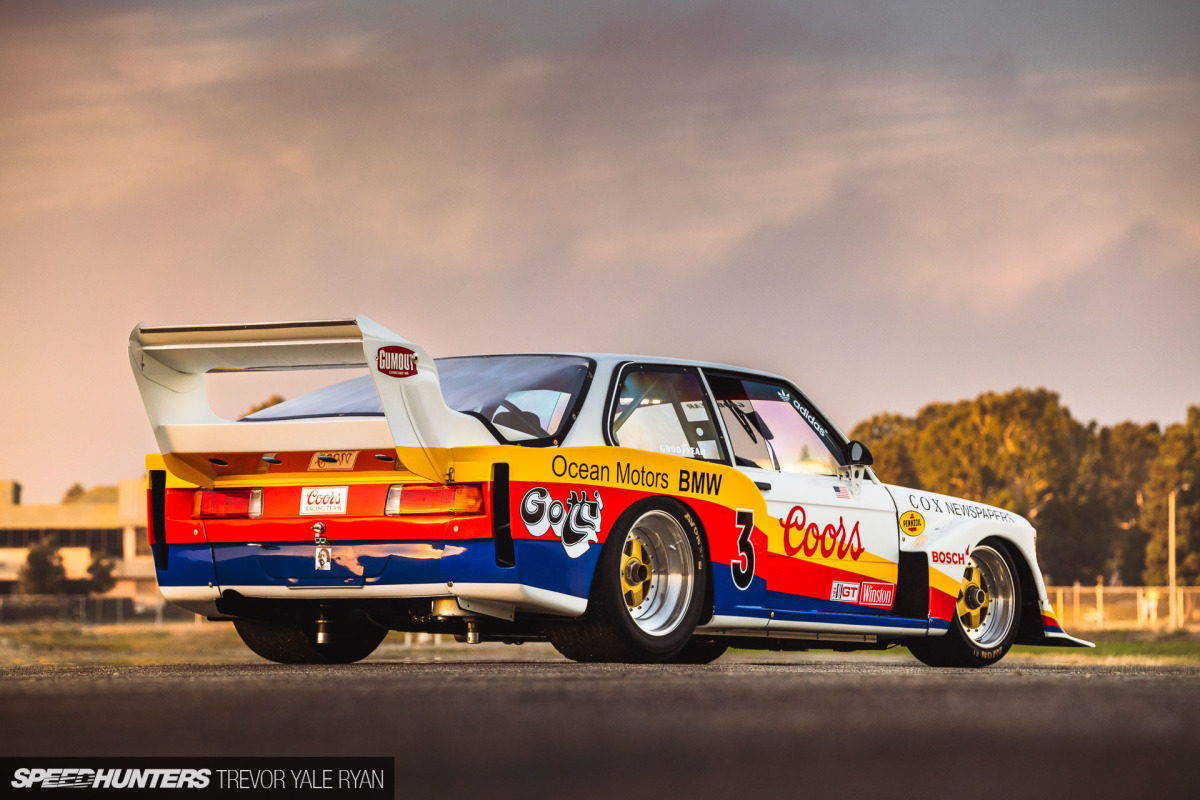
Following Peterson’s death, #05 was shipped to California to Jim Busby Racing for the 1979 IMSA GTX season. Since BMW North America was already sponsoring the McLaren cars in this series, Jim Busby Racing was supported by BMW Motorsport in Munich.

As the GTX class rules allowed it, the car was converted to tube-frame in order to further lighten and stiffen it up. Other tricks were applied, of course, and I’ll get into those details shortly. The setup proved amazingly quick through the twisties but, unfortunately, the extremely powerful M12 power plant proved unreliable. Coupled with the lack of straight-line speed against the twin-turbo boosted six-cylinder engines found in the back of the Porsches, the 320 returned lackluster results over the season.

Eventually, the now extensively modified car was sold to Frank Gardner in Australia. Frank mentioned in a phone call with Cory (the current owner) that the Busby 320 Turbo was the only car he ever acquired that had been built by another team that he didn’t make any changes to.
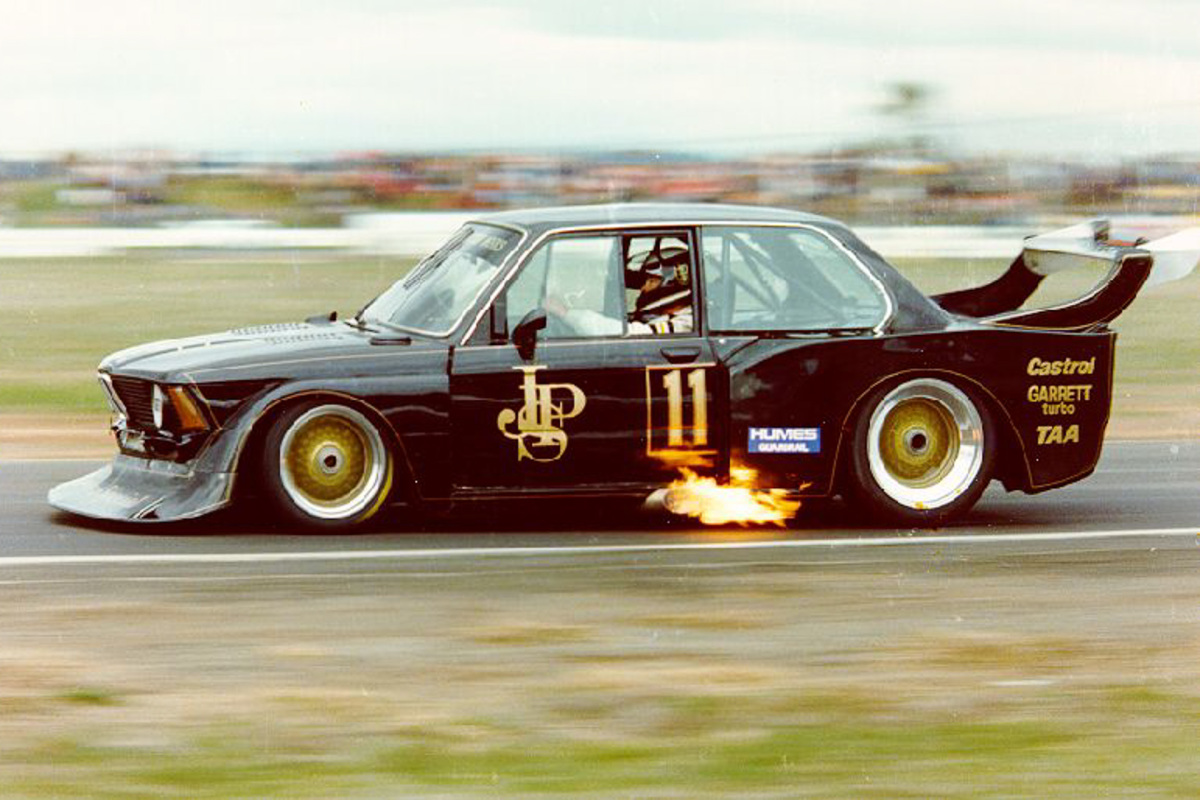
The BMW was successful in a variety of series (with a variety of owners) on into the late ‘80s — all of the vintage photos in this article are shots of this exact chassis — before it was purchased by an enthusiast in the US who began to restore the car around 1990.
After eight years of tinkering around with the 320, the American owner was ready to move on. In fact, he was practically ready to throw the whole car out and sell the drivetrain when Cory decided to step in. At this point it was essentially just box after box of mixed up parts with loads of significantly important pieces missing.
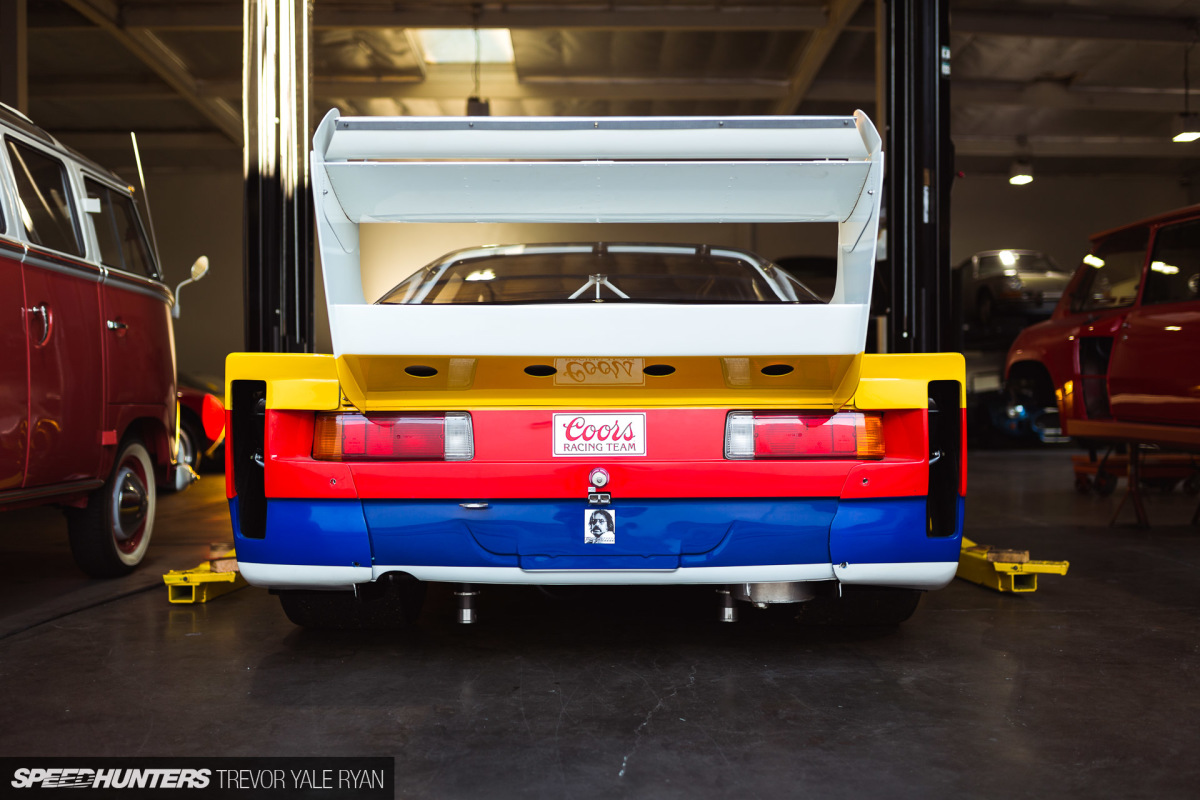
Still, Cory traded an MG Metro 6R4 for the BMW and decided to see the restoration through to completion. However, along the way he realized the only way he would really get everything done right was if he could reunite the car with Jim Busby Racing. So, he did.

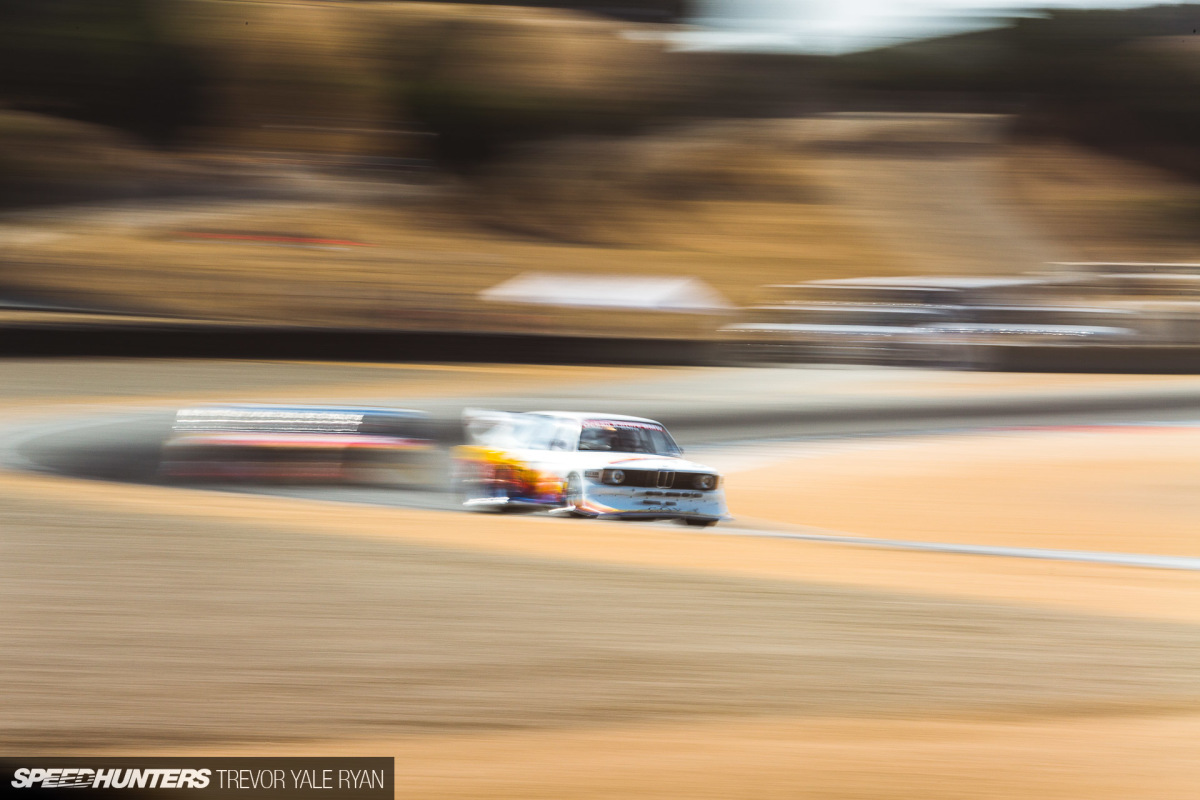
The restoration was finished in time for BMW’s 100-year anniversary, and raced at the 2016 Rolex Monterey Motorsports Reunion where BMW was the featured marque.

Today, E21-R4-05 sits nearly exactly as she did 30 years ago when Jim Busby and his team first got their hands on the car and set it up for IMSA GTX.
This car is a beautiful time capsule, a living memory of vintage racing, where stunning form lived alongside incredible function.
The DetailsSo, how did Jim Busby Racing modify the 320 Turbo to compete with the monster 935s in IMSA GTX?

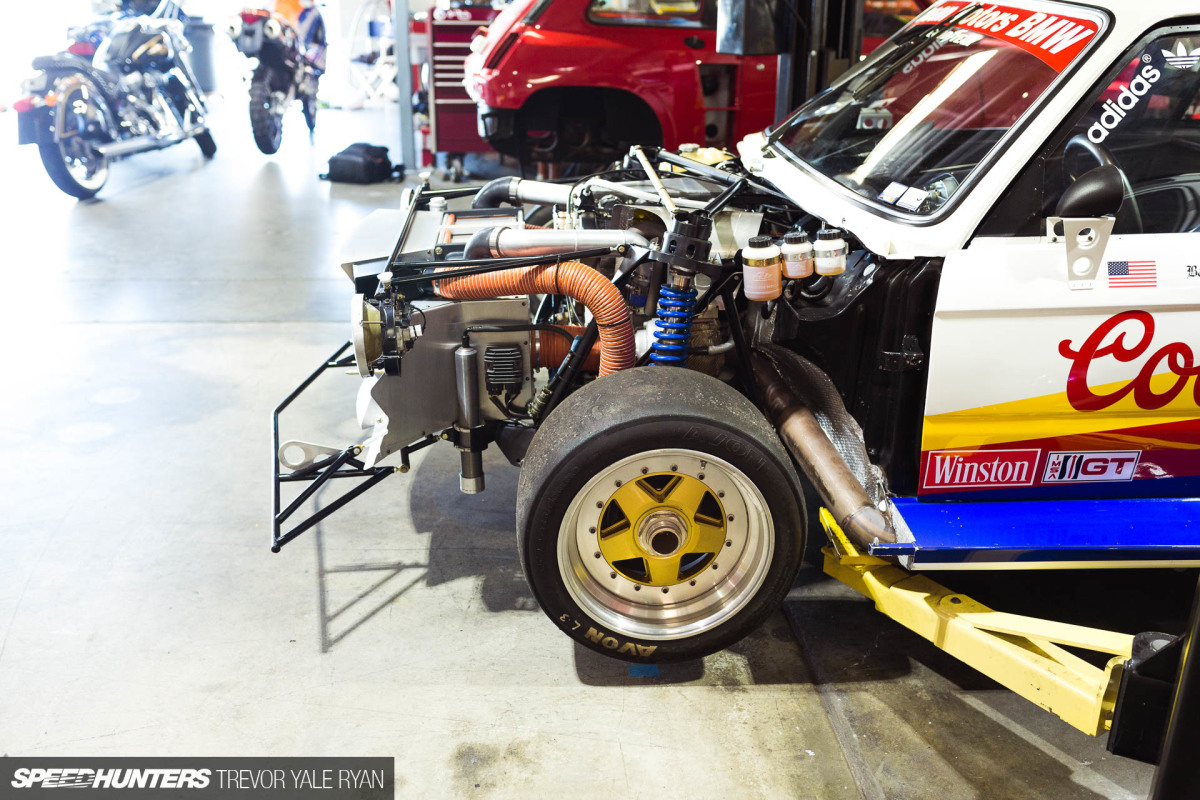
First off, alongside the tube-frame conversion, the engine, transmission, and driver were moved back eight inches towards the center of the car.
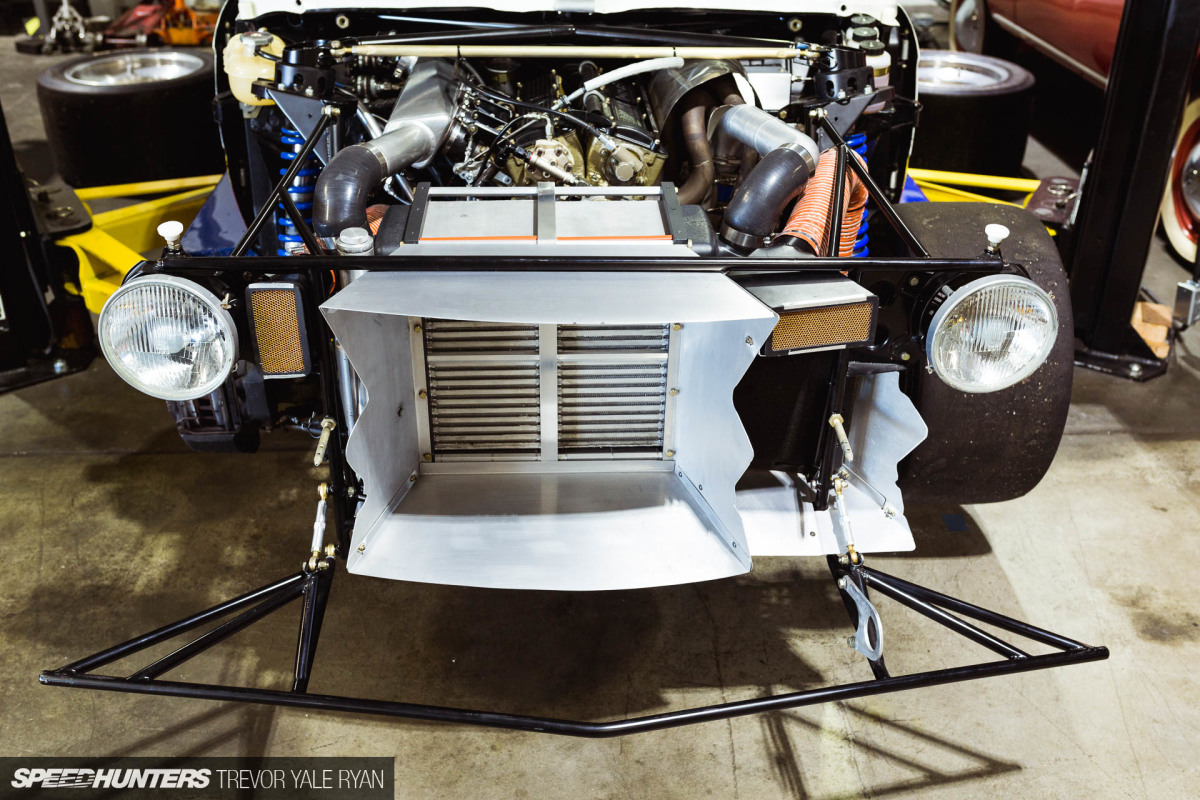
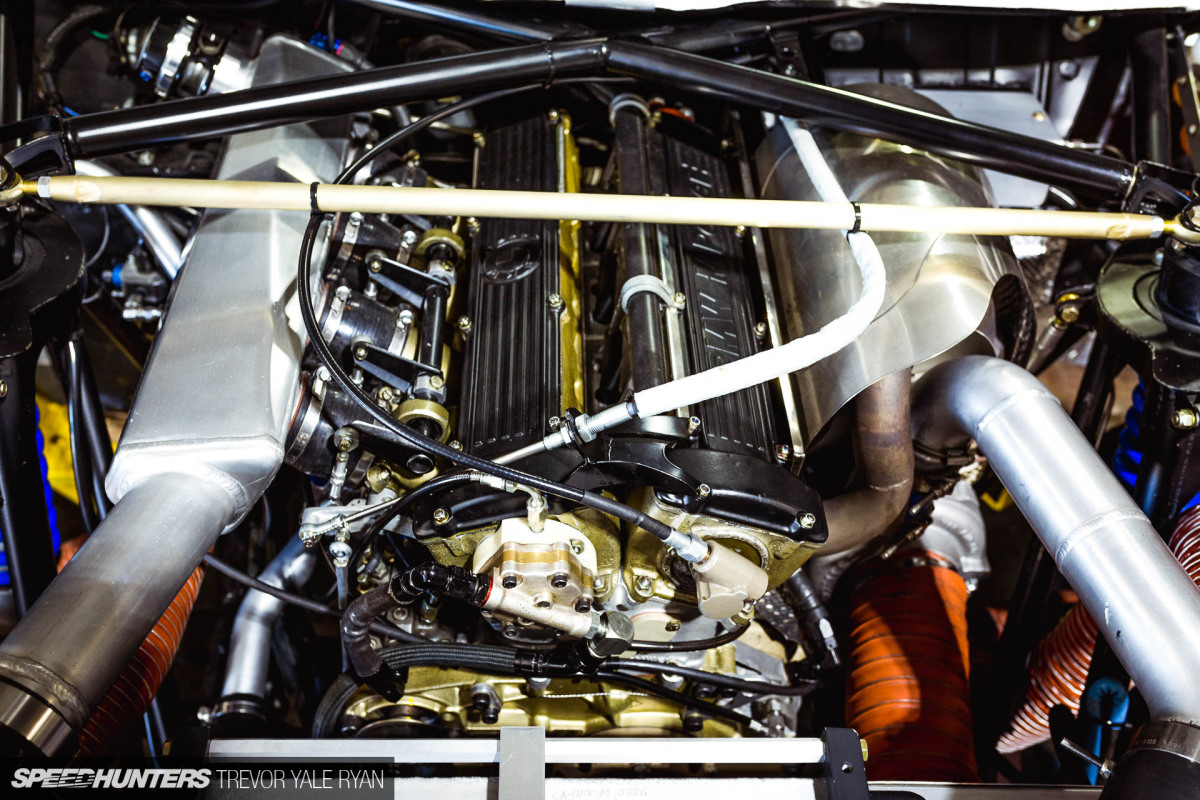
The engine itself is the glorious 2.0-liter M12, capable of over 650 horsepower. That is a big number for any engine in the ’70s, let alone a small four cylinder. In all honesty, the M12 power plant deserves a story on its own; if Cory ever needs to pull it out for some freshening up you can count on me being there.
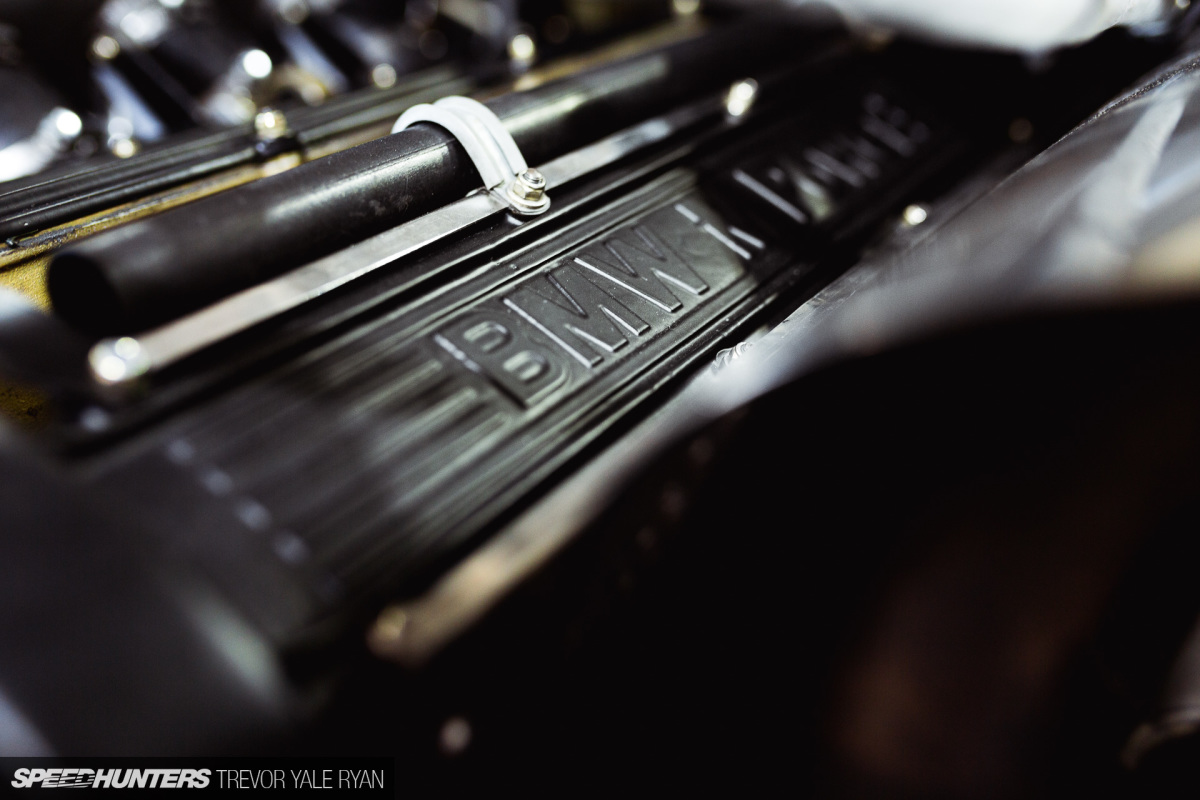

If you aren’t familiar with where this engine was used, I’ll give you a quick run-down. It was first used in Formula 2 as a 2.0L as well as in Deutshe Rennsport Meisterchaft (DRM) as a turbo 1.4. Then, in 1983, a 1.5-liter turbo M12 gave Nelson Piquet the Formula 1 World Drivers’ Championship in the Brabham-BMW BT52. The team also finished third in the Constructors’ Championship (closely behind Ferrari and Renault), and saw victory in the first race of the season as well as the final three.
By 1986, things were getting out of hand as in qualifying guise the turbo four was capable of 1,500 horsepower. Some quick math tells me that’s 1,000 horsepower per liter, a number which was apparently too high. After the 1988 season turbocharging was banned in Formula 1, exiling the mighty M12 turbo from the series.
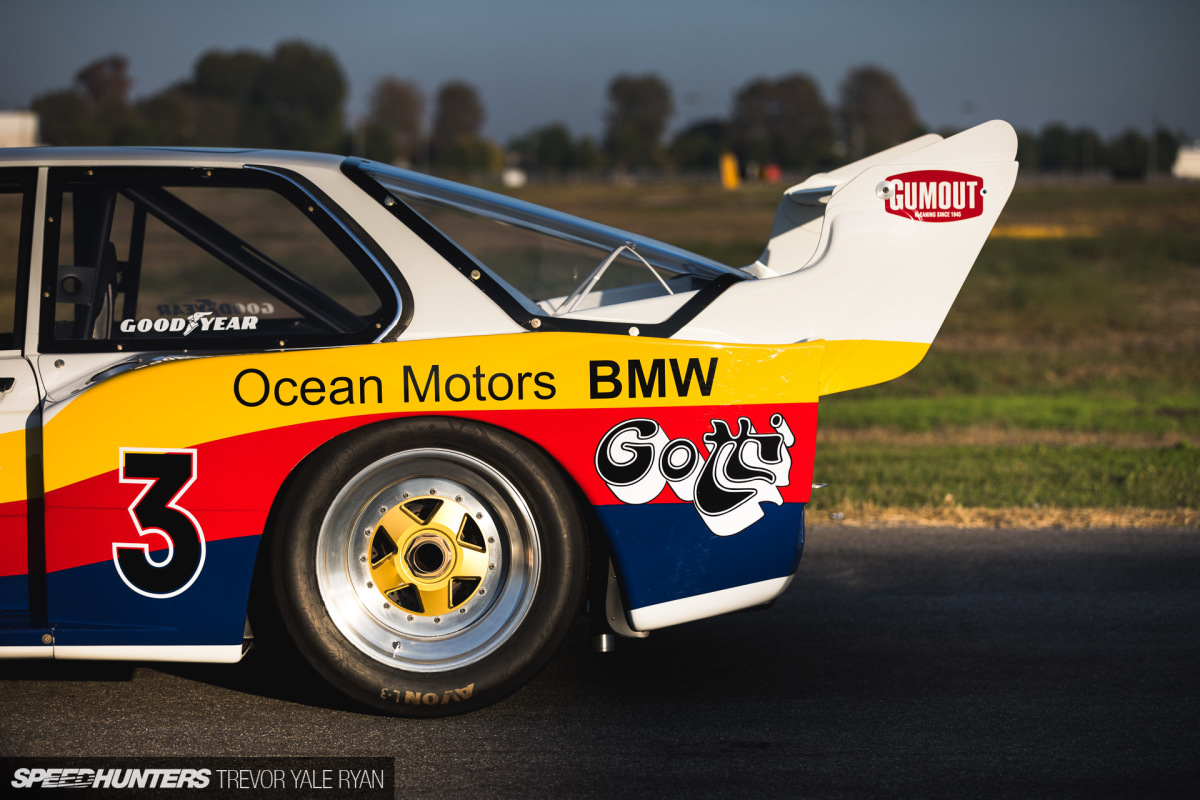
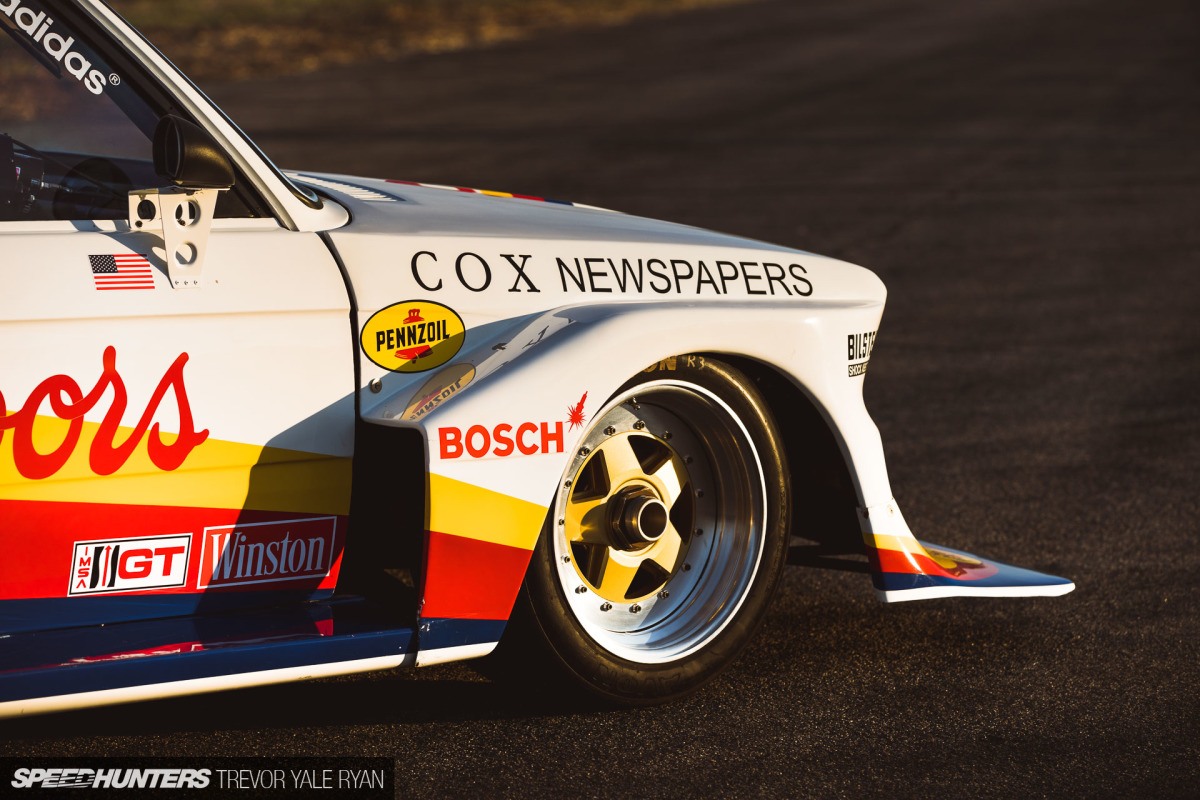
This 2.0L factory-issue powerplant can still be found spinning massive, five-spoke centerlock Gotti wheels (16×11-inch and 18×15-inch front and rear), which are currently wrapped in Avon slicks. Remember, this thing does still get driven in anger from time to time.
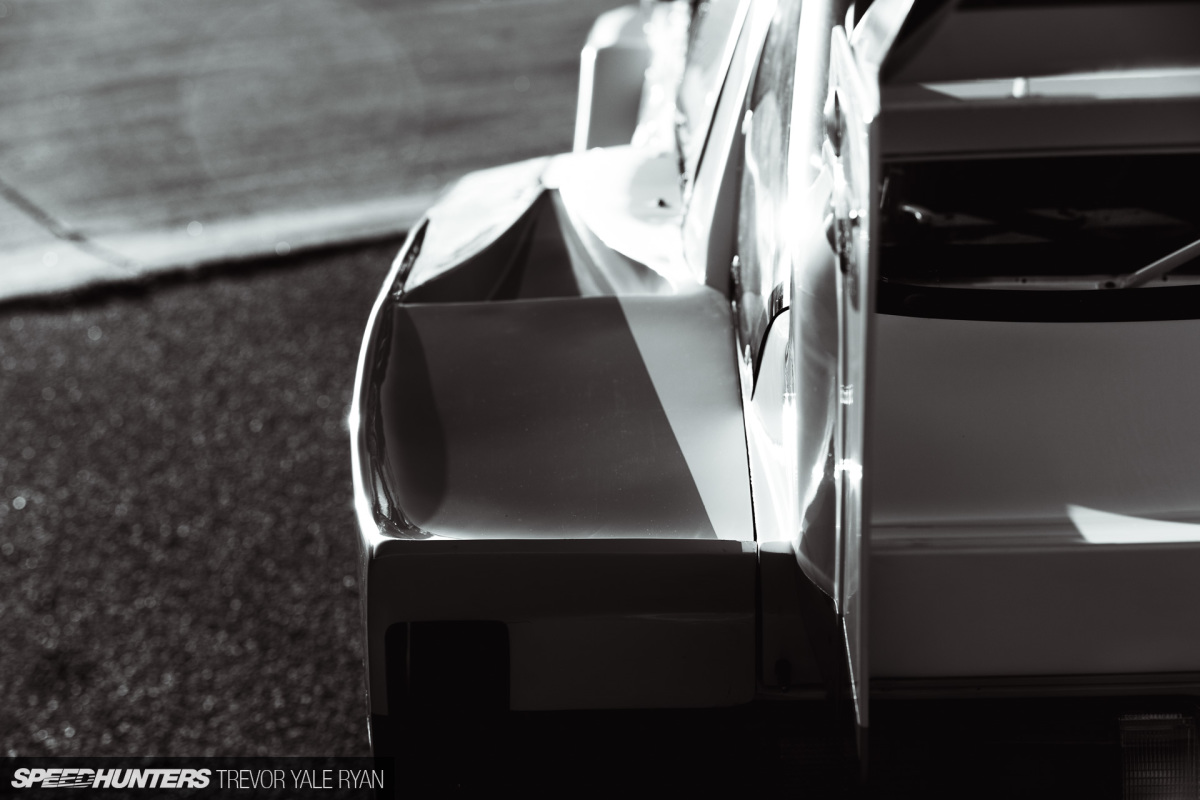
The 265 and 365-section rubber is housed by the massive Group 5 bodywork, bodywork which has been updated since its inception.
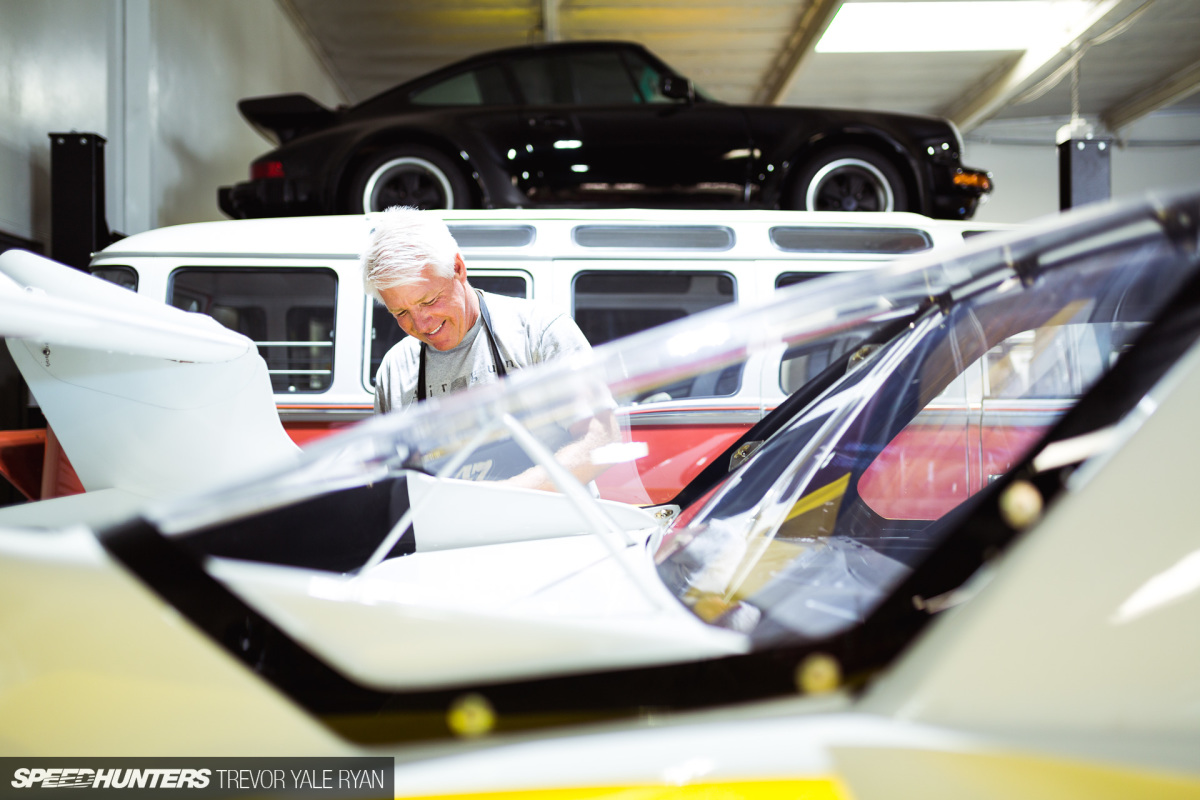
Seeing as how the IMSA rulebook required that the factory rear window had to be retained, Busby set about simply adding another one right over the top for a massive aero advantage.

Cory told me that Busby sold this setup to Schnitzer Motorsport (who won the DRM championship in ’78 with a 320 Turbo) when the car went to Australia as the rules didn’t allow for this trick down under. Eventually, all of the Schnitzer cars in Europe were running the Busby window and others followed suit as well.

Seeing as how it went missing over the years, Cory had to have this piece remade based only off old photos floating around. A friend put Cory in touch with Wayne Hartman, the same man who worked on the Nissan GTP bodywork, and as you can see the result is nothing short of fantastic.
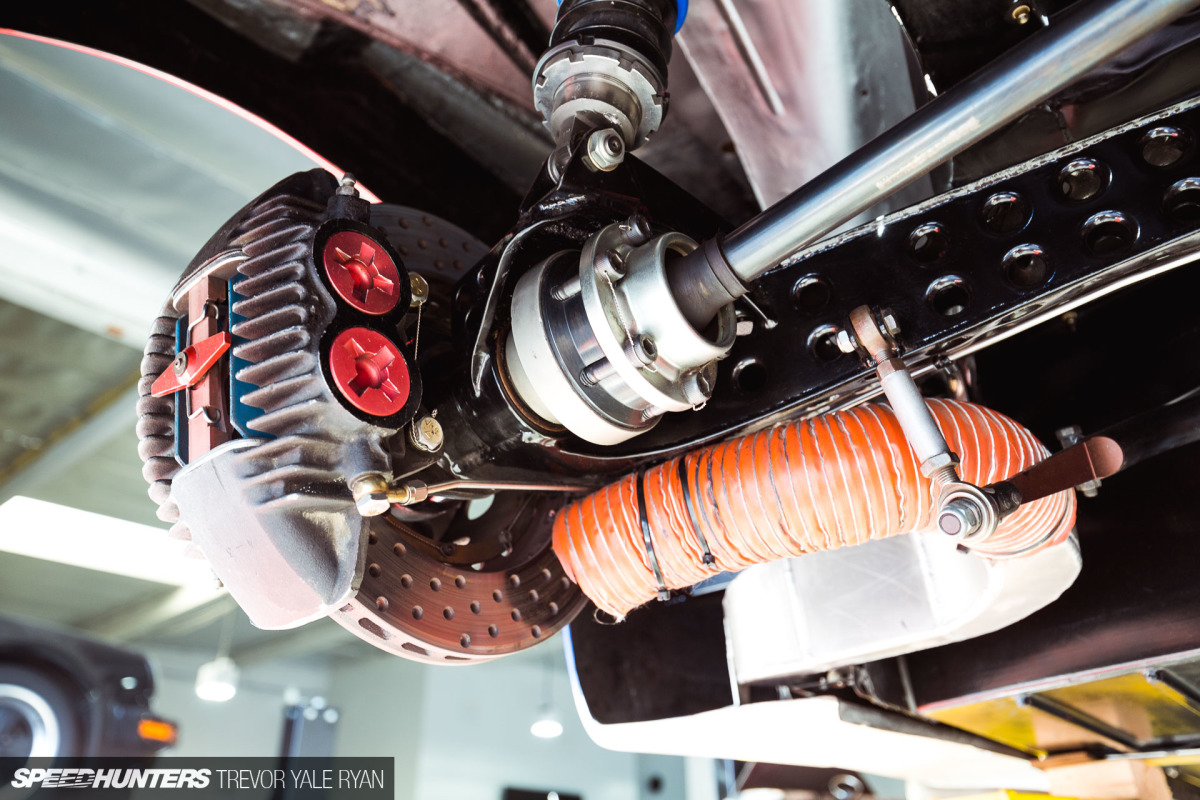

As for the suspension, to make the wheels work the rear setup all remains as-delivered from the factory. With the tube-frame up front the pick-up points were altered, but this is fairly close to the initial setup as well. Of course, the car still makes use of this Busby-influenced factory setup: McPherson struts up front and semi-trailing arms out back, with ATE disc brakes on all four corners.
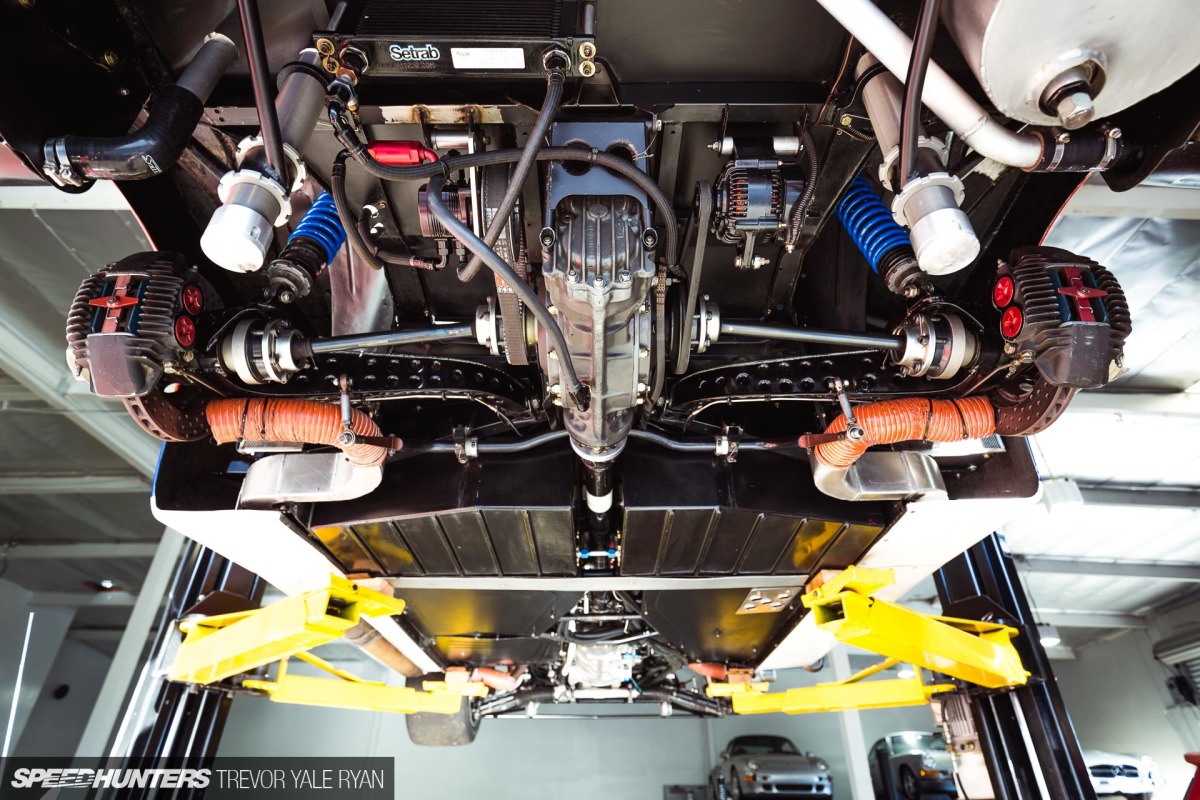
You’ll also notice an alternator and an oil pump for the differential and transmission being driven off of the rear axle; a cool trick if money is no object.
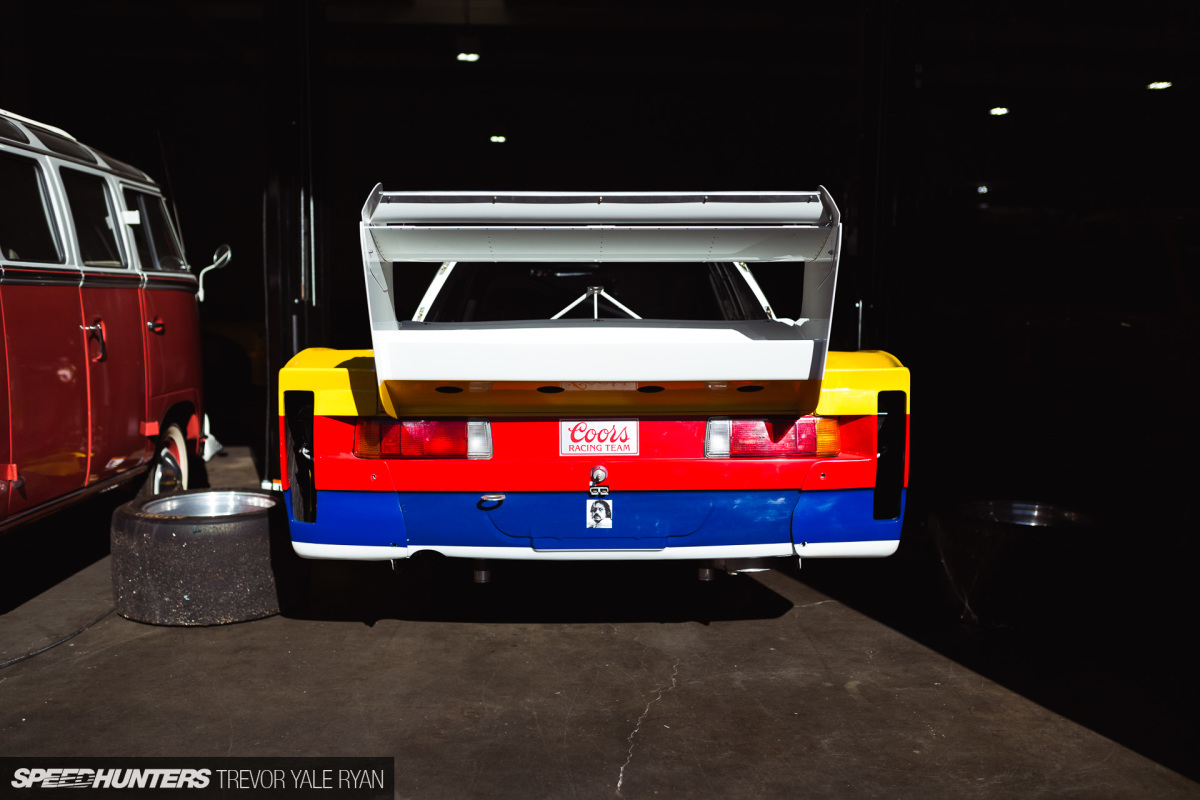
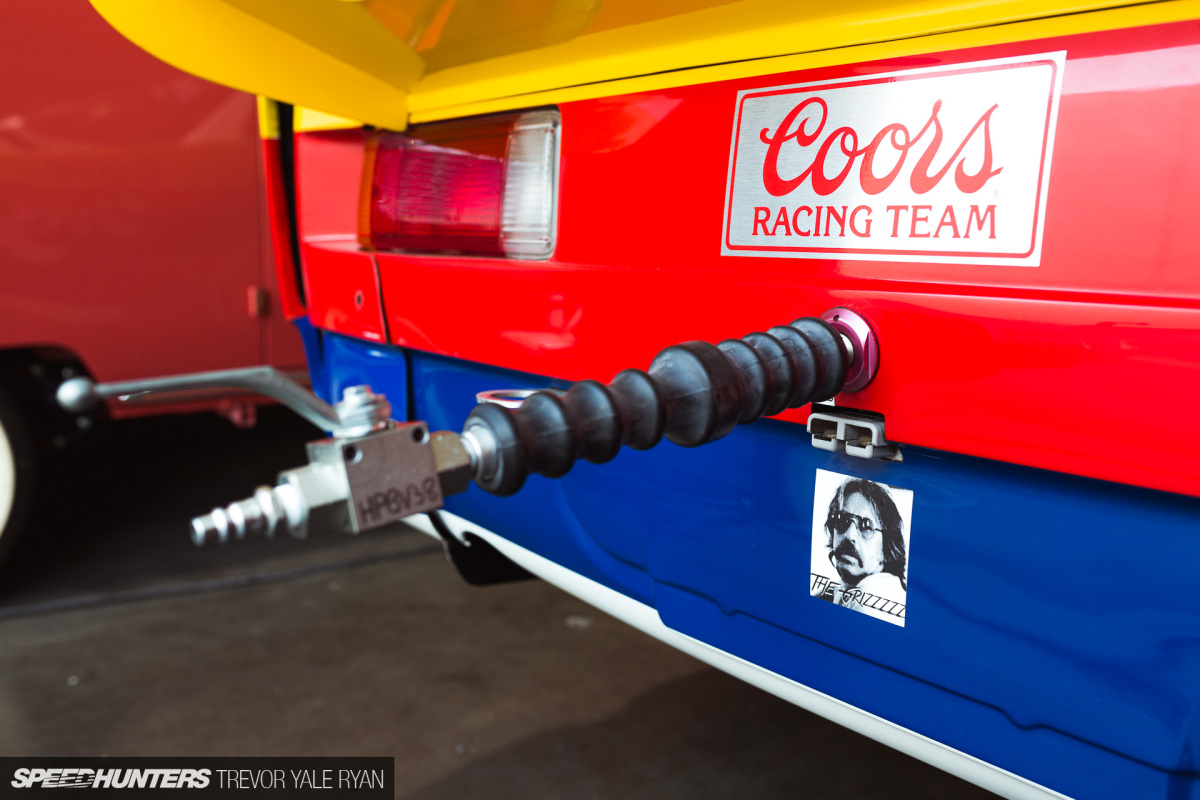
Out back you’ll find a fitting for compressed air which lifts the car with built-in jacks as well as a sticker with a photo of Cory’s father which reads THE GRIZZZZZ.
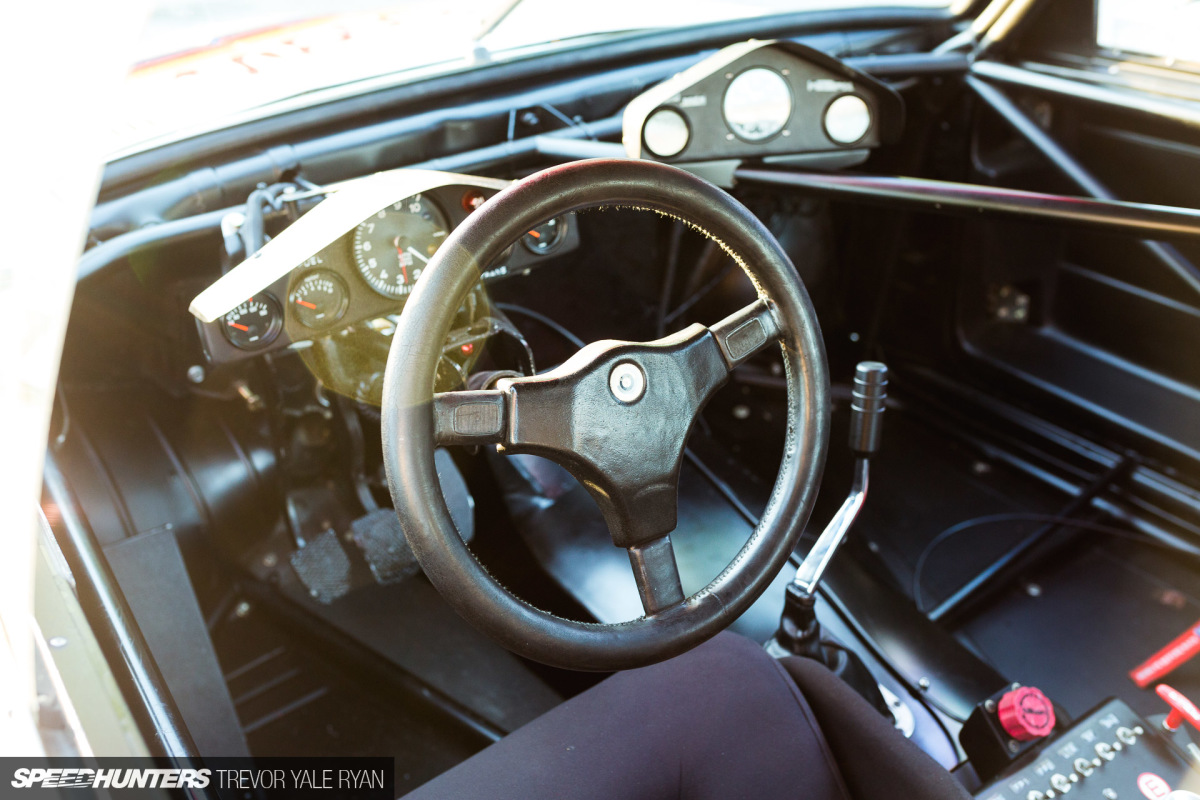
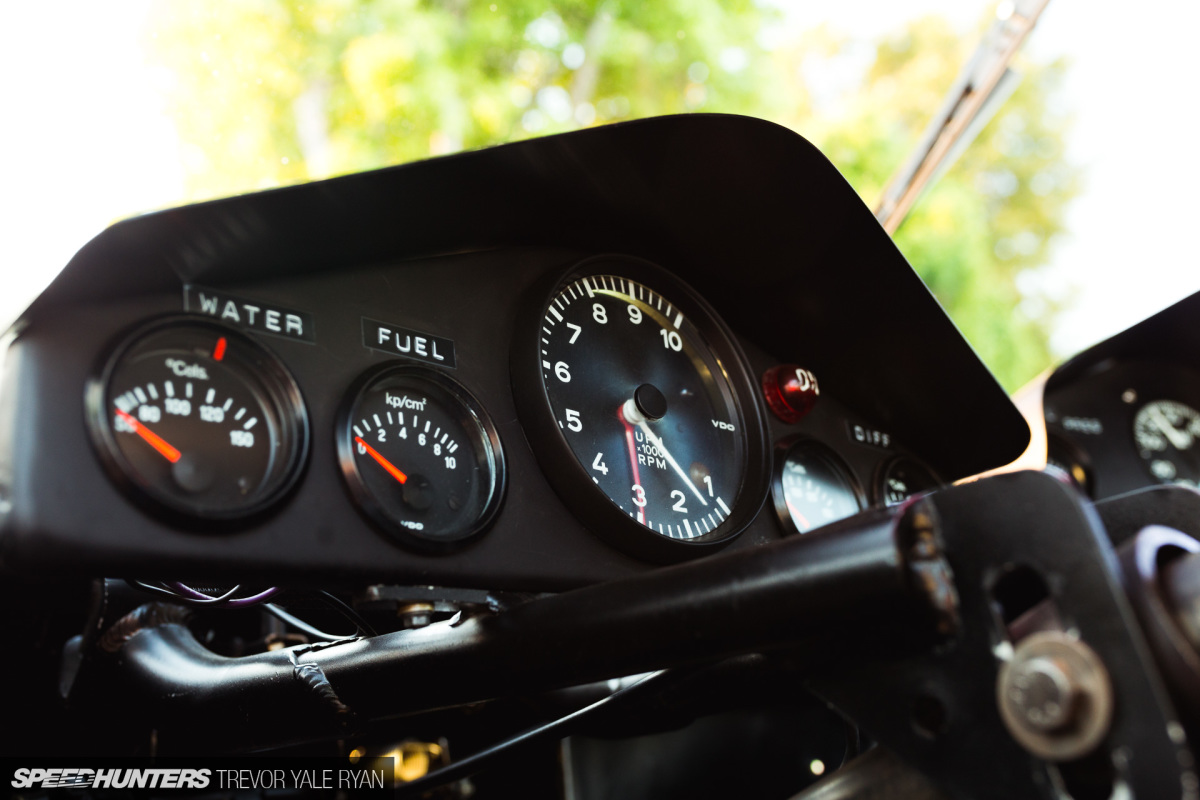
Inside the car, plenty of era-correct details serve as a reminder of the brutal reality of racing in the 1970s. Things were so simple back then.

In the face of this simplicity, this original 3 Series racer still serves as an exercise in how aesthetics can be met with blistering performance; how to make speed look good.


On that note, it’s hard to sum up the honesty and legacy of an icon like this; it’s a car that hides nothing, and yet there is so much to it. Less than 30 examples were ever known to exist, the vast majority of which simply haven’t survived decades of racing.

Yet, thanks to Cory, #05 lives on.
New LifeSo, how did Cory end up with a car like this and how did he pull it off?

Cory’s first car was a BMW 2002 and throughout the years he always loved the 320 Turbos. Cory had a book called Unbeatable BMW, and in it were four photos of 320 race cars being worked on in the factory. They were “terribly underexposed, I couldn’t see any detail. I wanted to see more,” he says. Well, what better way to see more…
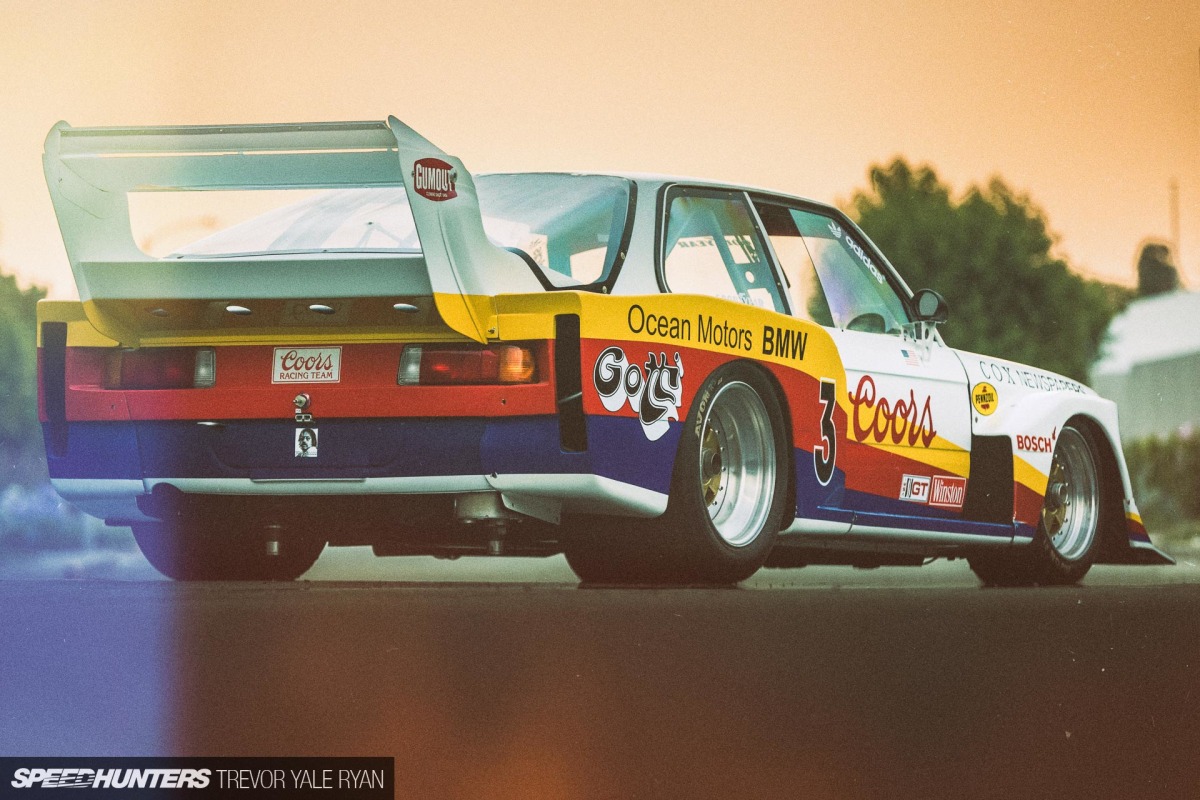
Moving on a few years, the guy who brought the car back from Australia in the first place was a friend of Cory’s, and after the owner was about ready give up entirely Cory stepped in and got to work on it himself in 1998.


Yes, 1998. Years of parts hunting went into the BMW 320 Turbo that you see here today. He found genuine 320 lightweight doors (if you’re wondering who Baron Von Skippert is, that’s just Cory pulling your chain) in Colorado thanks to an obscure for sale site. Other spare bits, like extra sets of suspension, turned up in as unsuspecting of places as a recycling yard in Michigan (the aluminum and magnesium parts wouldn’t stick to the magnet). The trunk lid, wing uprights, and that rear window were all reconstructed. Cory was introduced to a guy at McLaren, where he bought all of the remaining 320 spares they had.
Ultimately, Cory tells me he was “just really lucky to be working on this with some great people.”
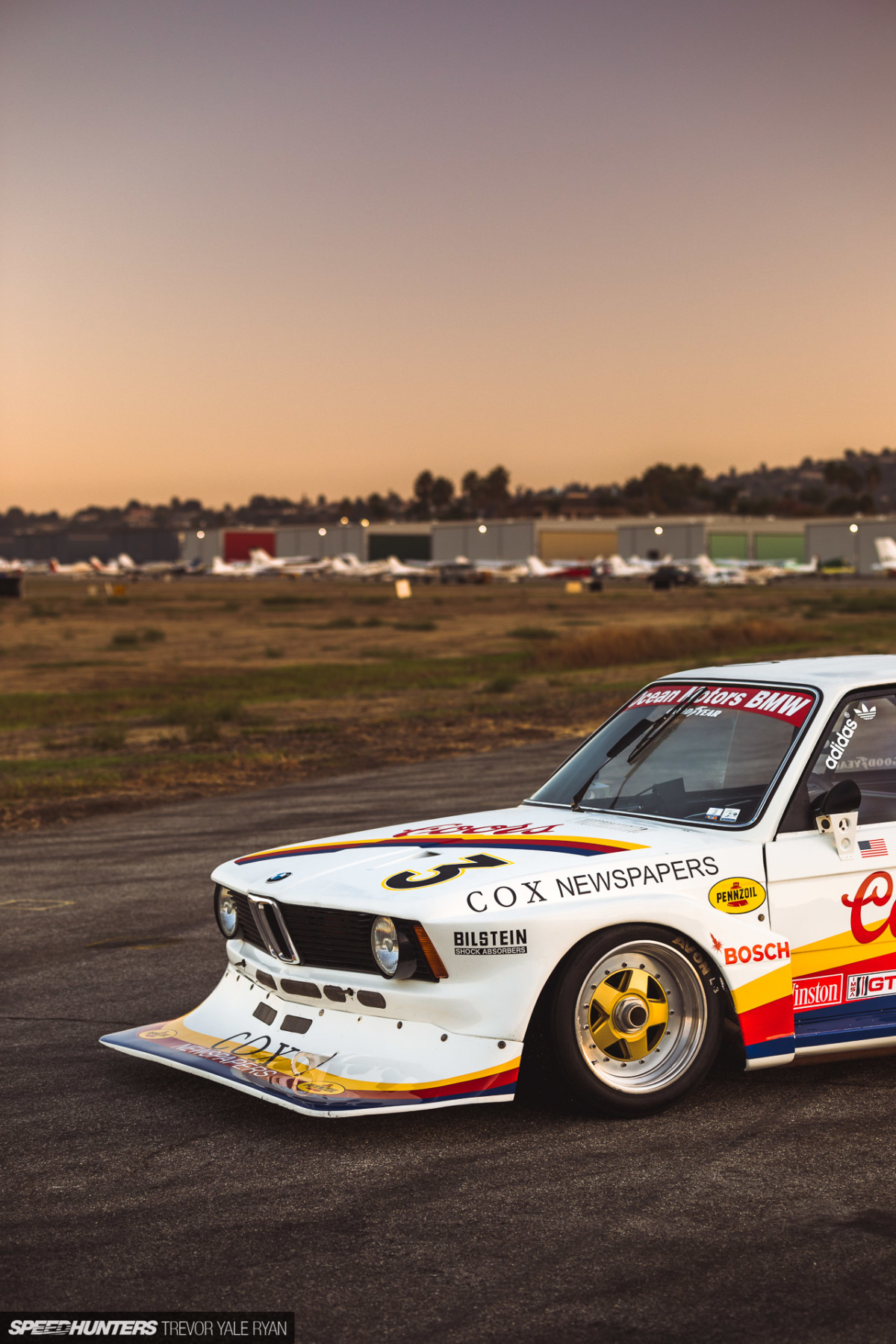
An unimaginable amount of work went into restoring this car to its former glory and, especially as a car enthusiast (and a photographer), it’s an amazing privilege to get up close to cars like this. There’s a certain classic air, something you can’t quite put your finger on.
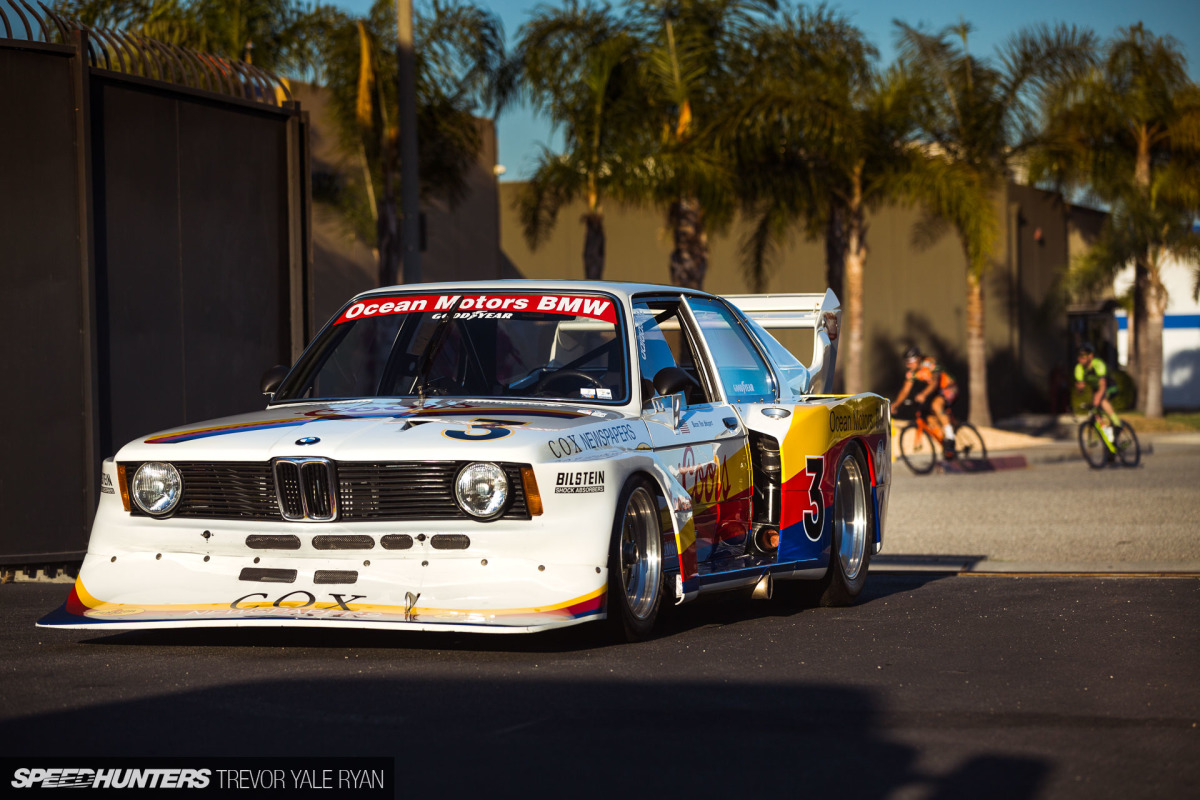

Is it the aesthetics? Is it the history? Is it that M12 four, pumping out over 300 horsepower per liter? Is it the big aero? What is it?
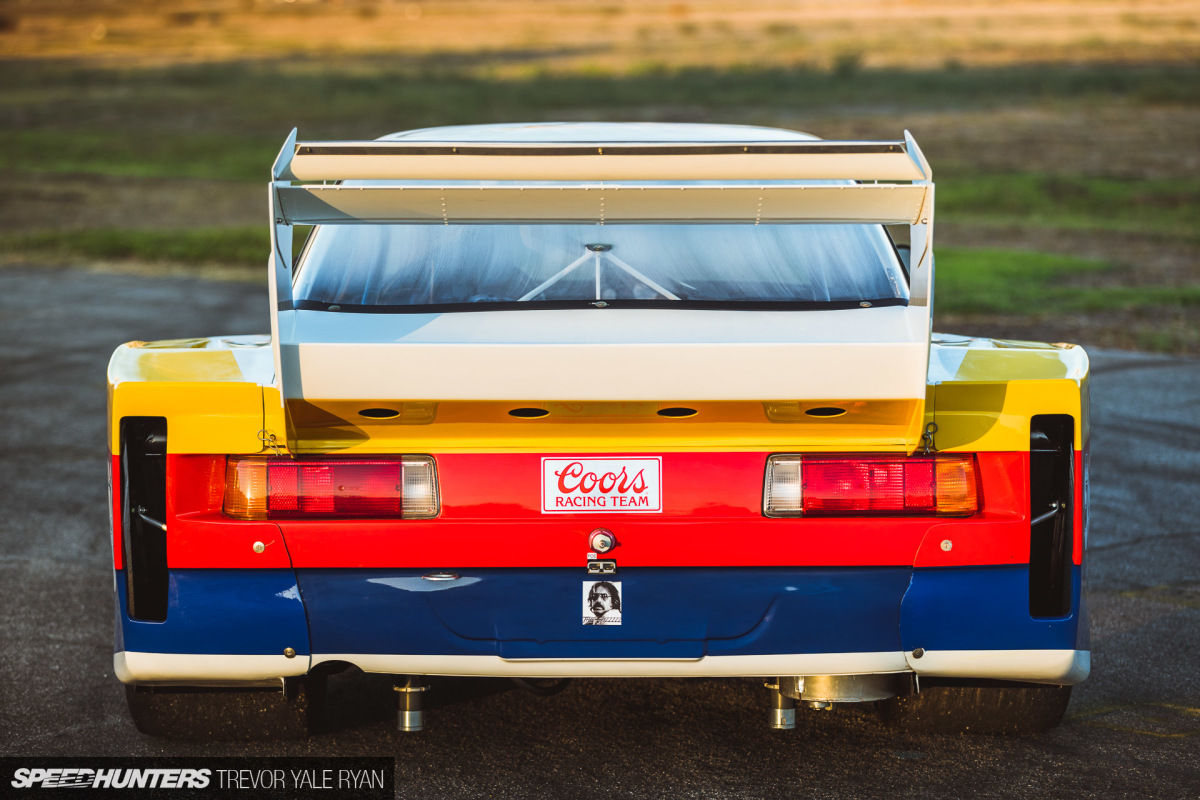

When I asked Cory what he thought he simply said “it’s a cool car. I’m a lucky guy and it just kind of happened. Thankfully, too, because the last guy was getting ready to throw it away.”
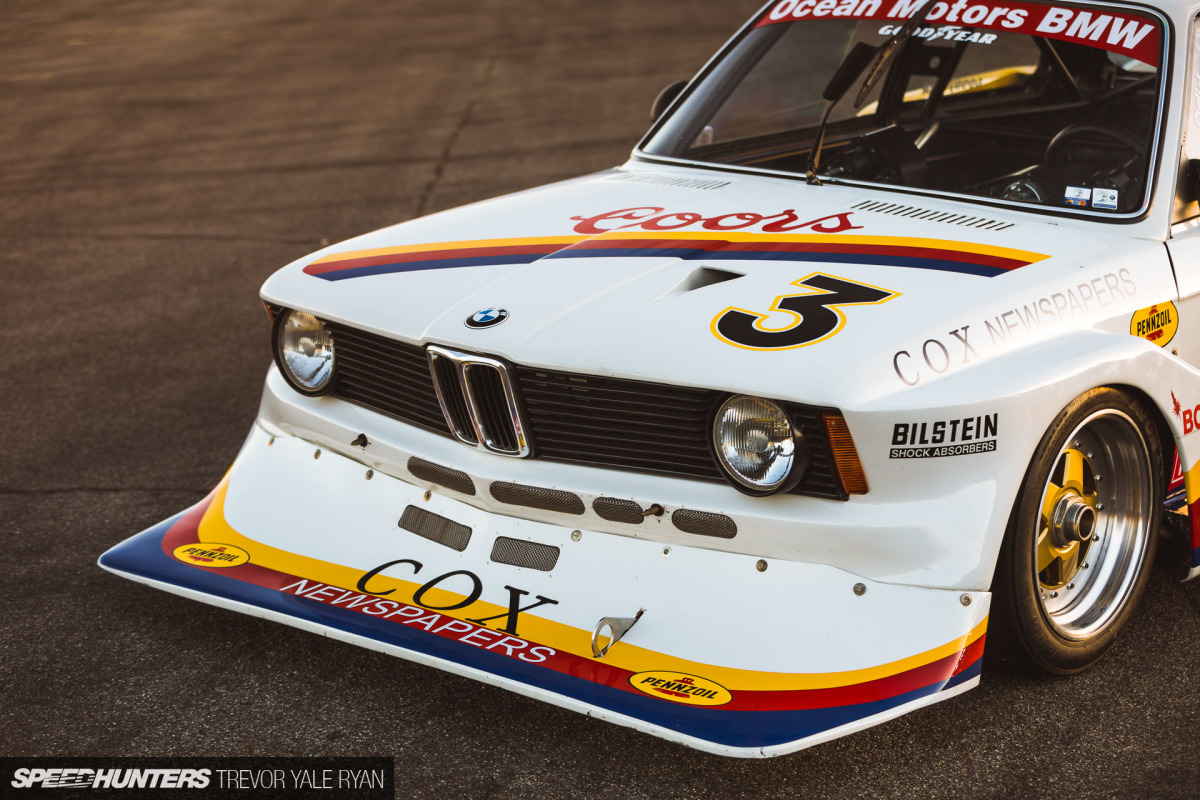
This is a car that was decades in the making after already living a full life racing around the world. A car with so many special components and so much history that it quite clearly belongs in a museum.
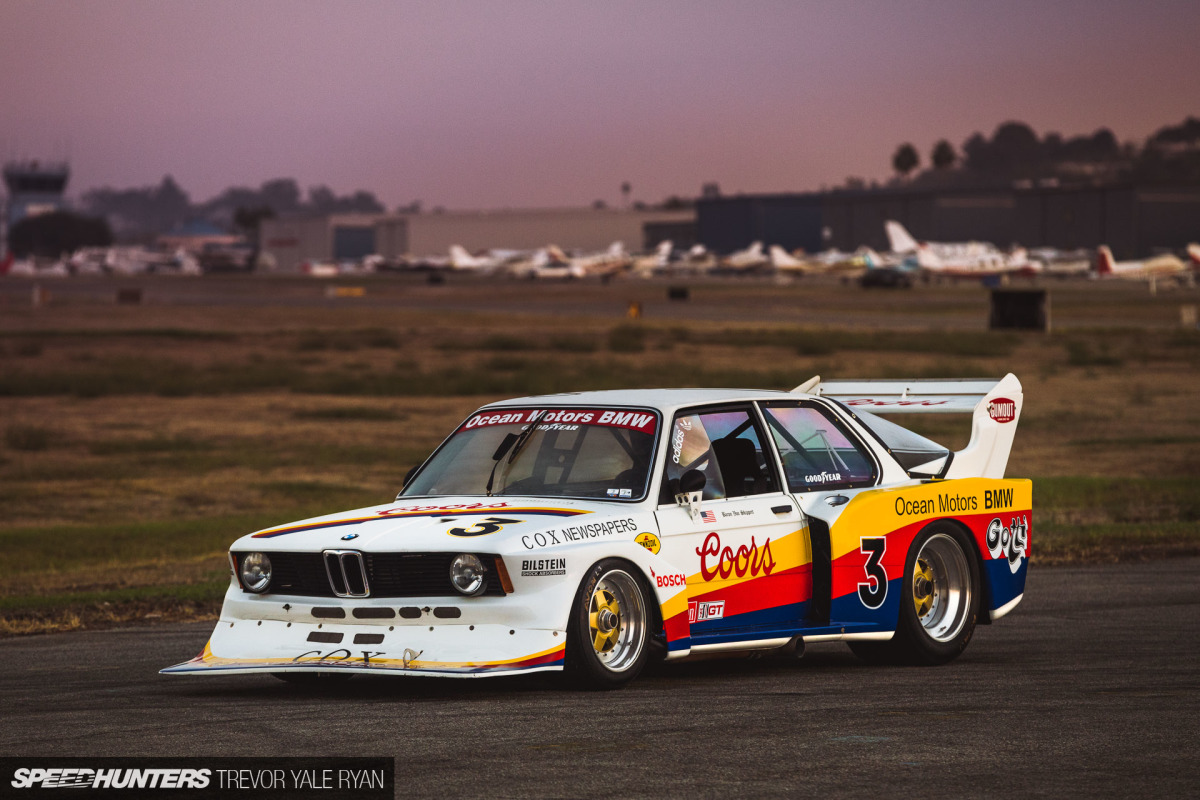
Instead, thanks to Cory Muensterman, this car lives in a private garage in Southern California. Even better, you can still hear the incredible song of the M12 engine at historic races. With IMSA as the featured marque at the Monterey Motorsports Reunion in 2019 I suspect we’ll see it there.
No matter the setting, Cory’s 320 Turbo is a car with incredible presence. Based on the first-ever 3 Series and built as one of two lightweights, one of a handful of Turbos, and one of 28 cars to ever receive this bodywork, this BMW serves as a blatant reminder of an old rule: Respect your elders.
Trevor Yale Ryan
trevor@speedhunters.com
Instagram: tyrphoto
TYRphoto.com
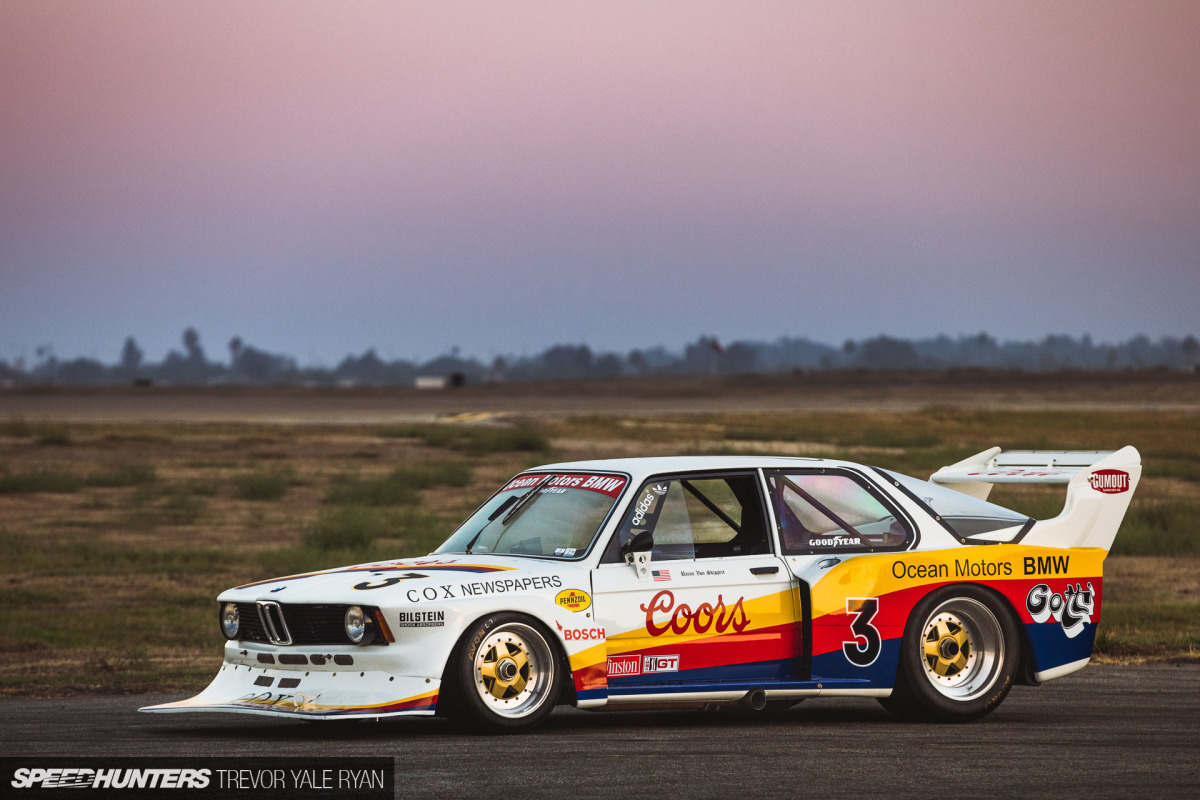

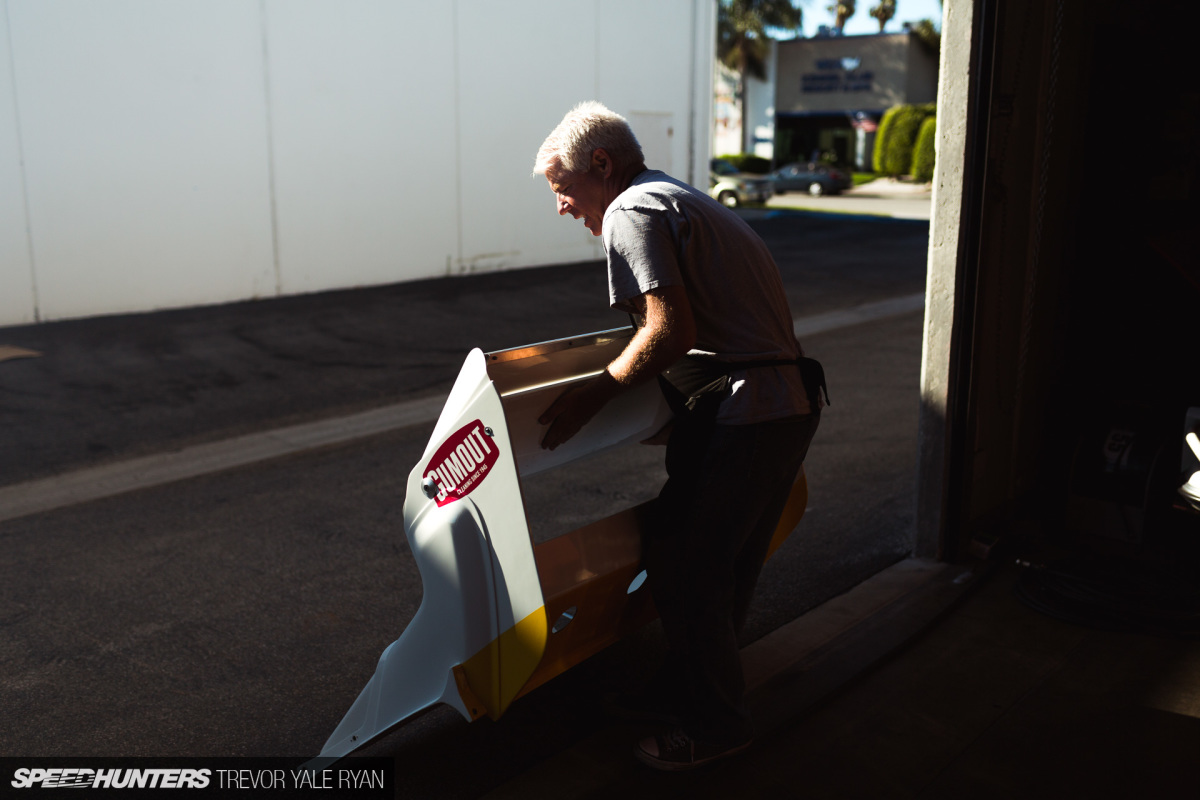
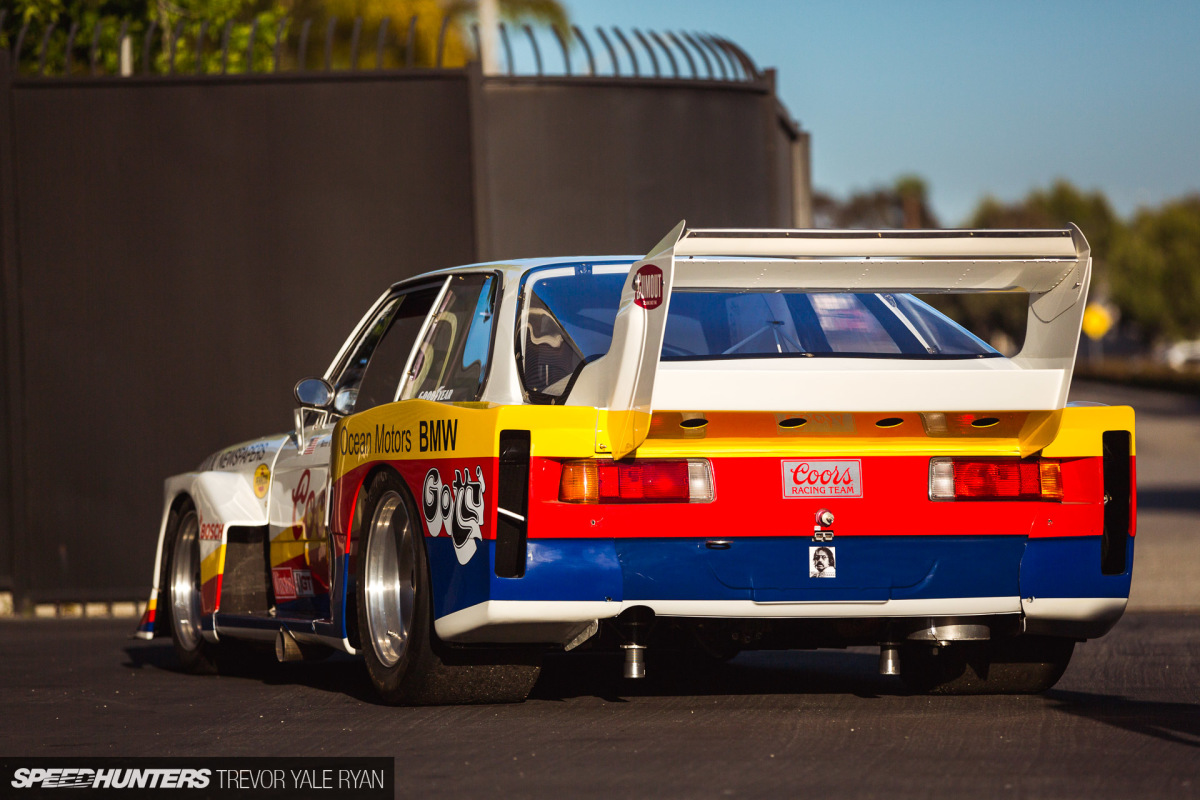
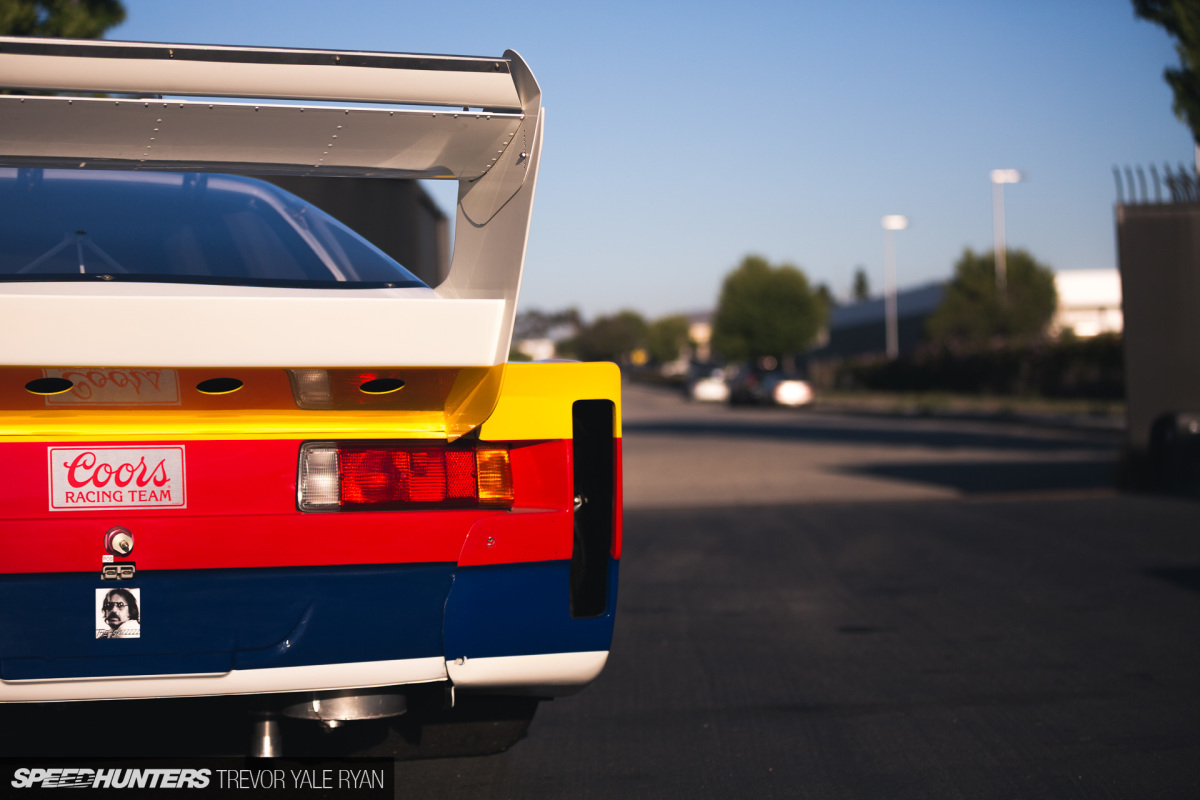
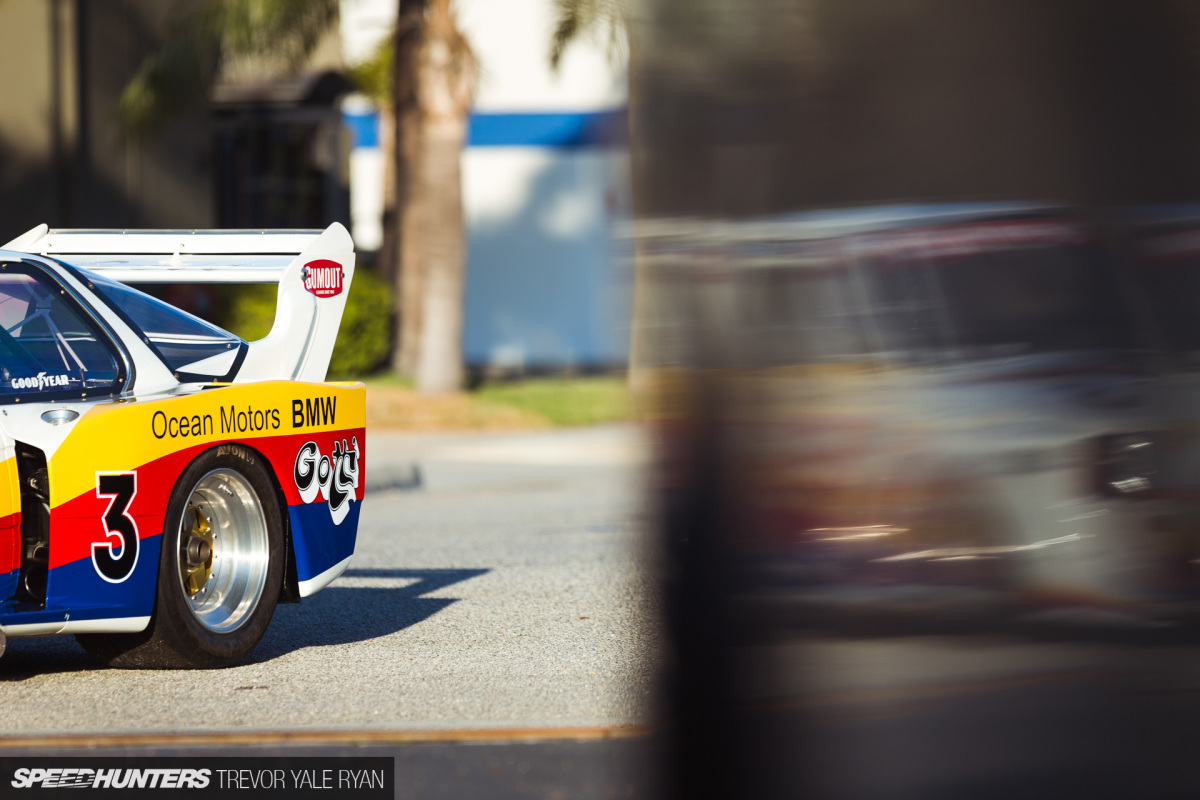

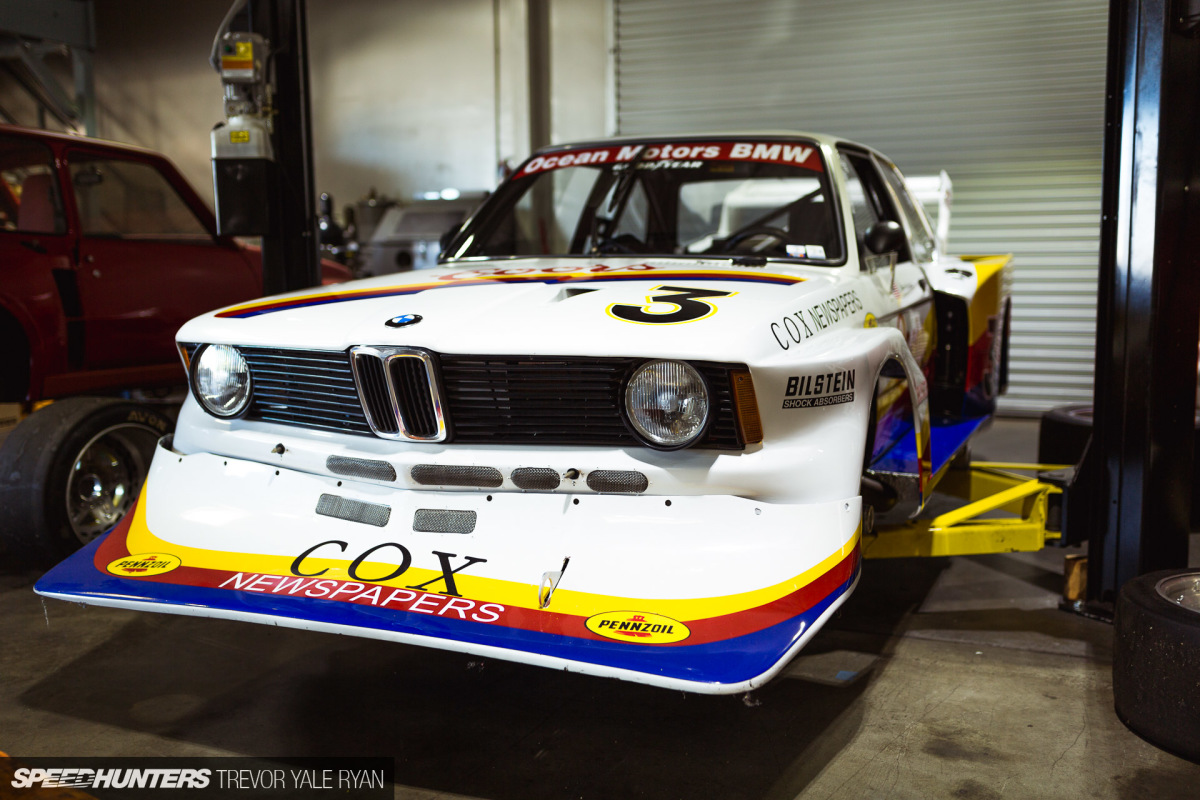







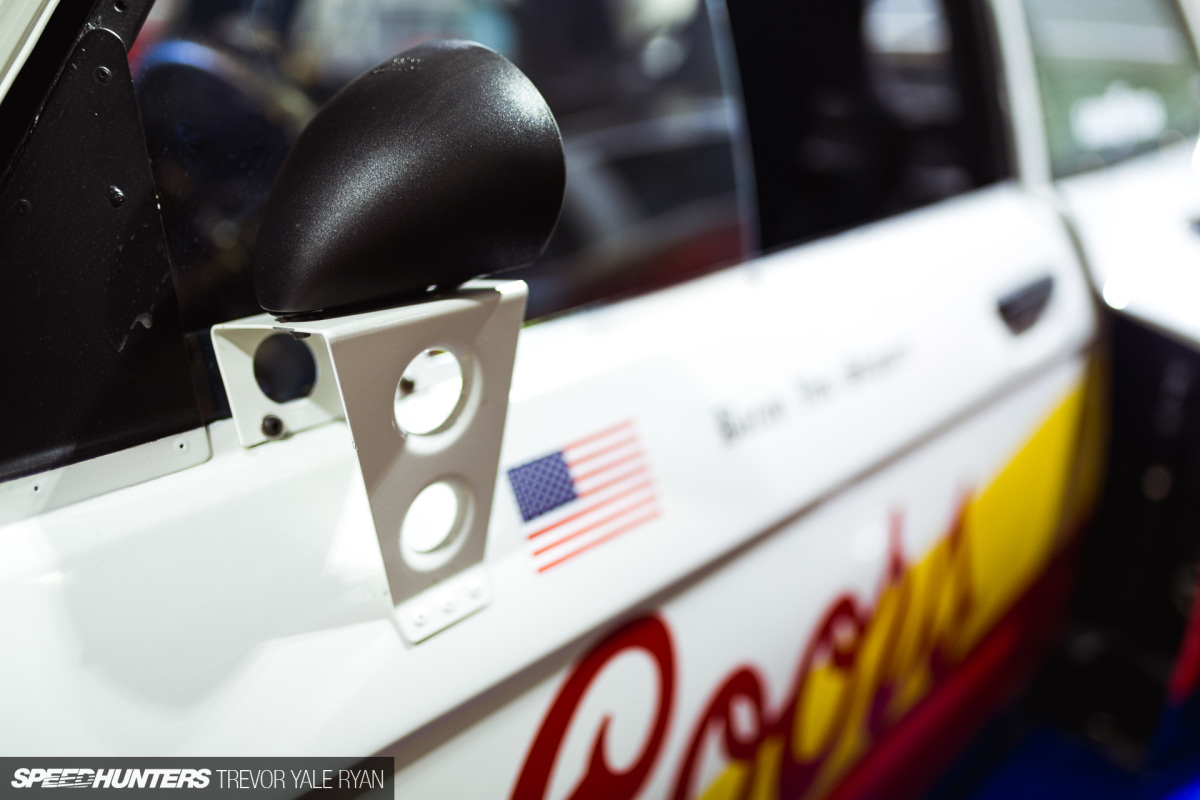


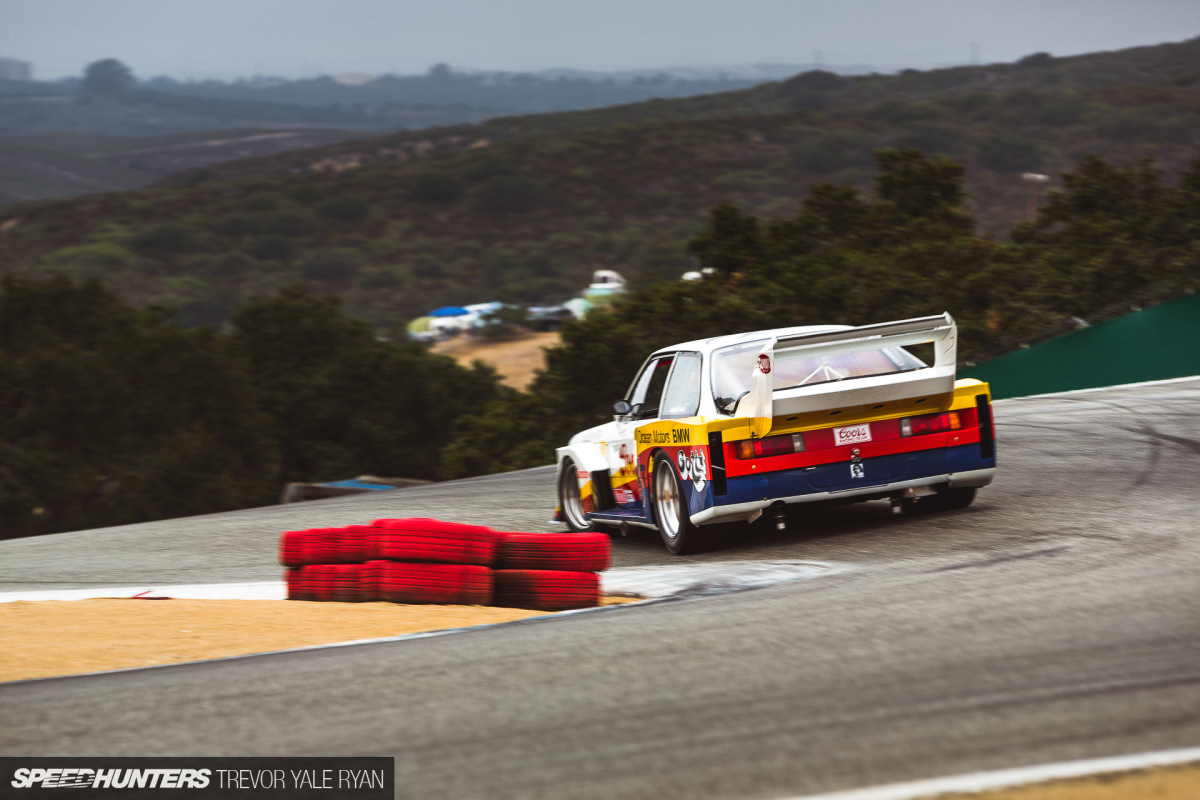




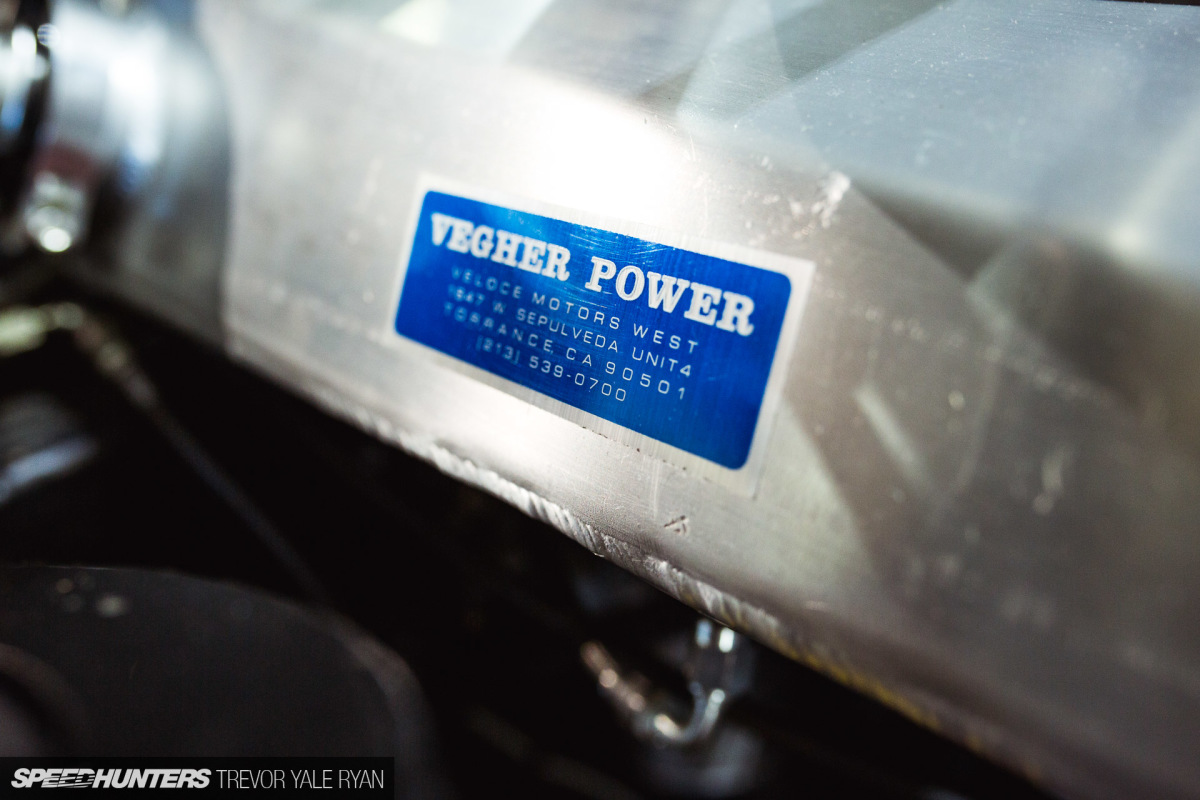






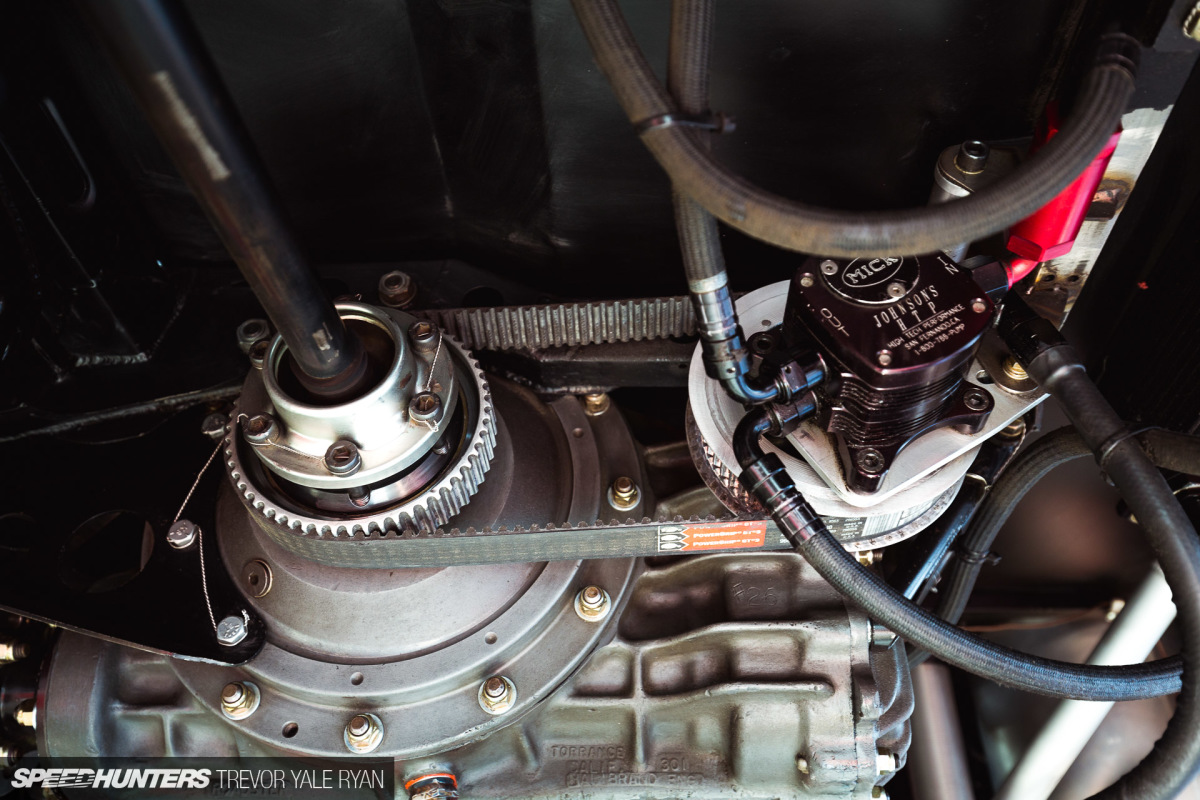
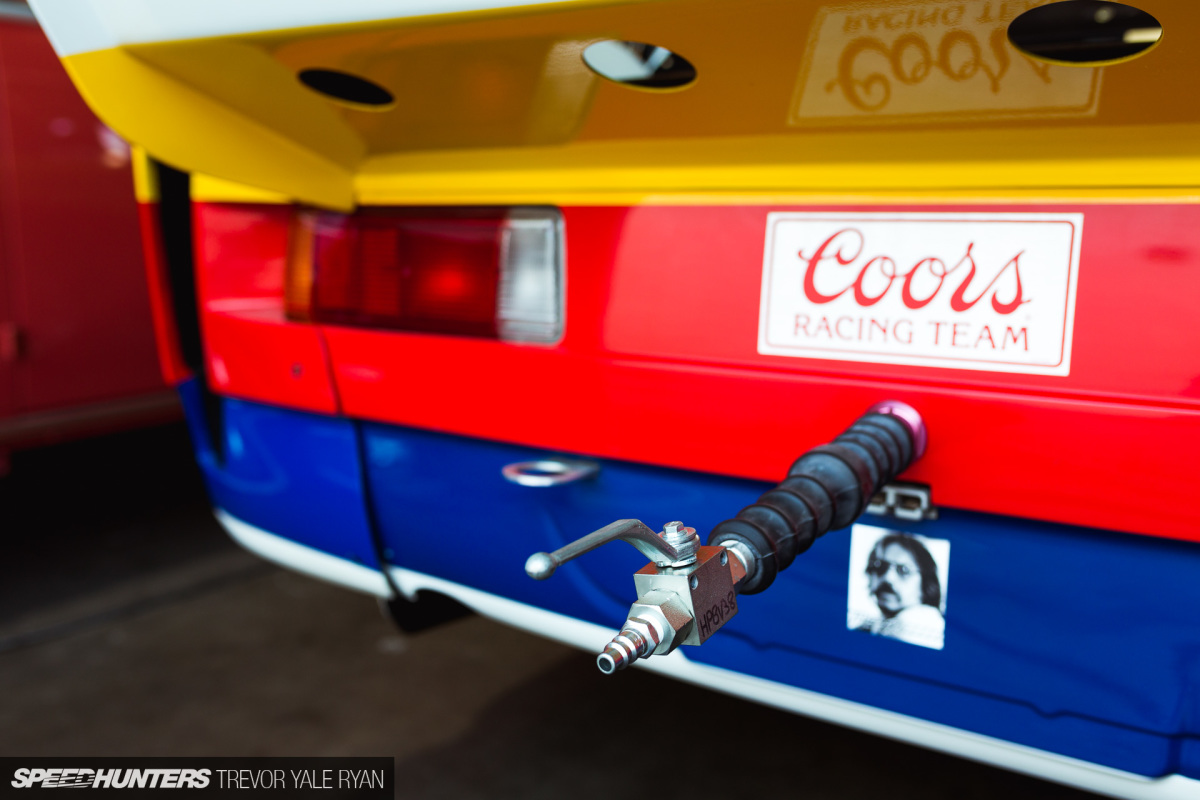
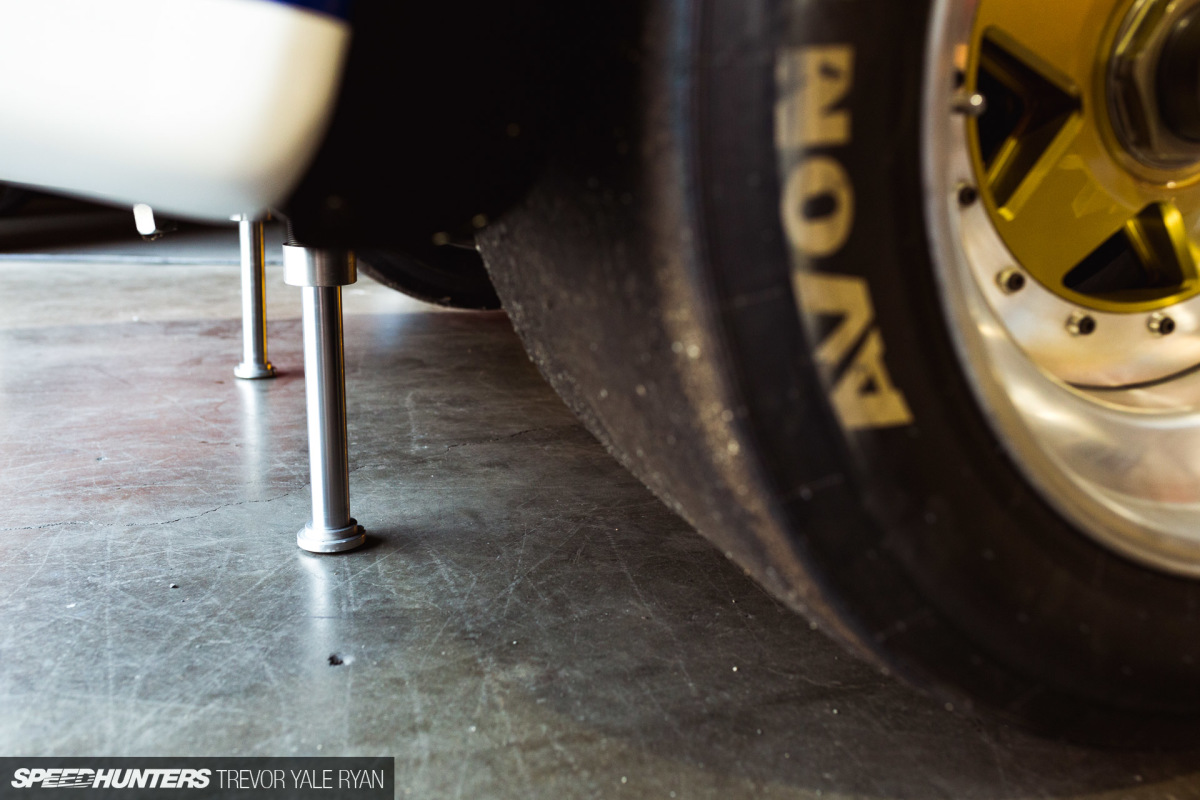



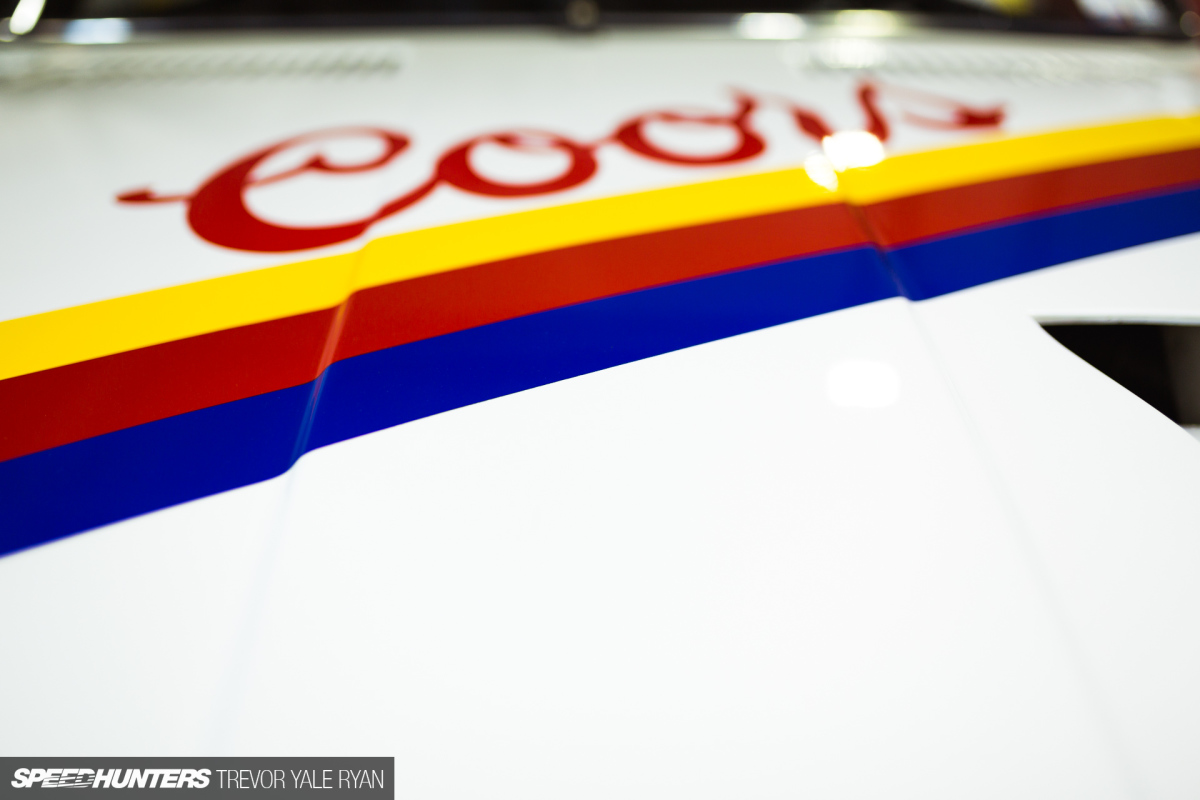










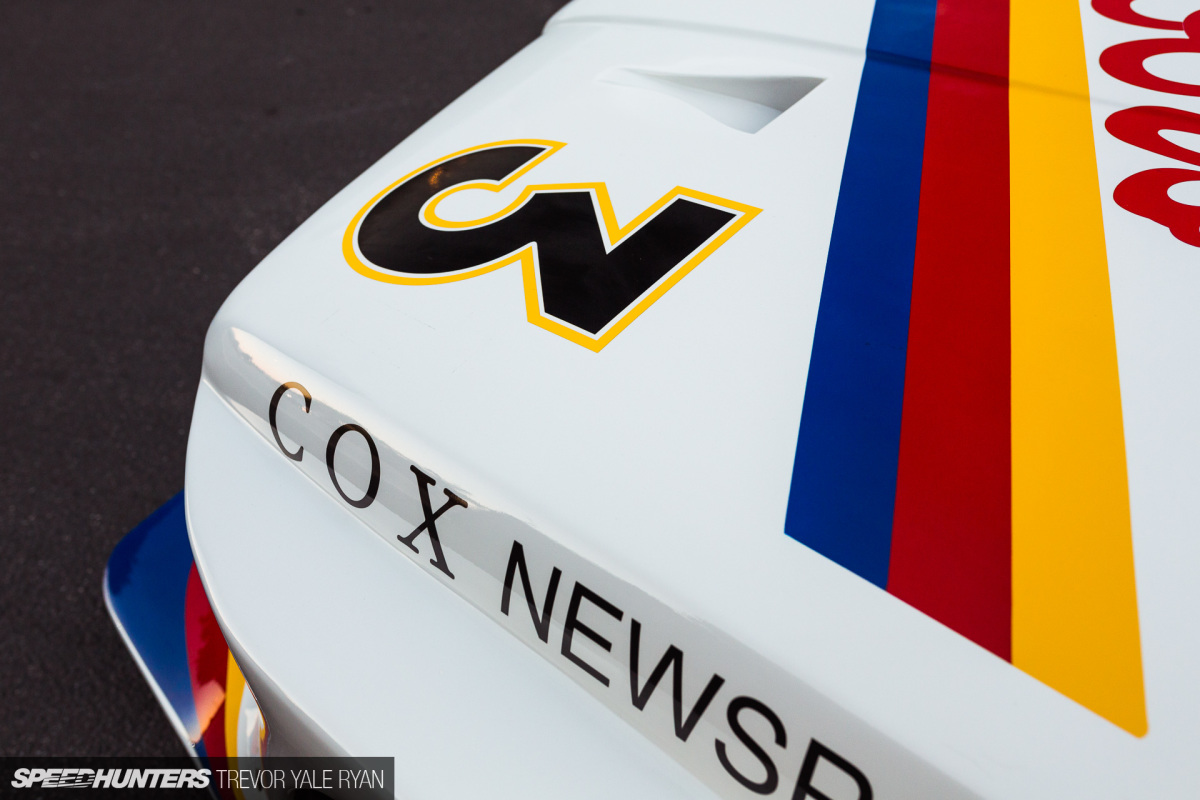

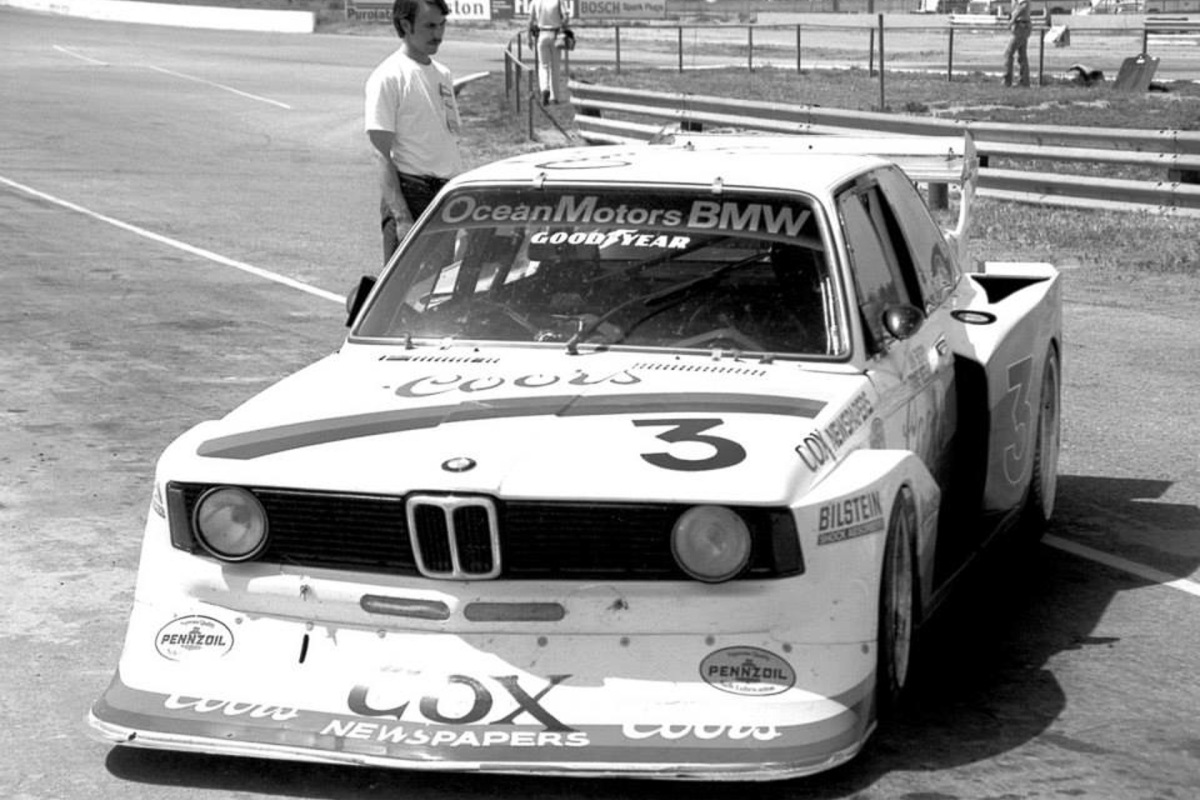
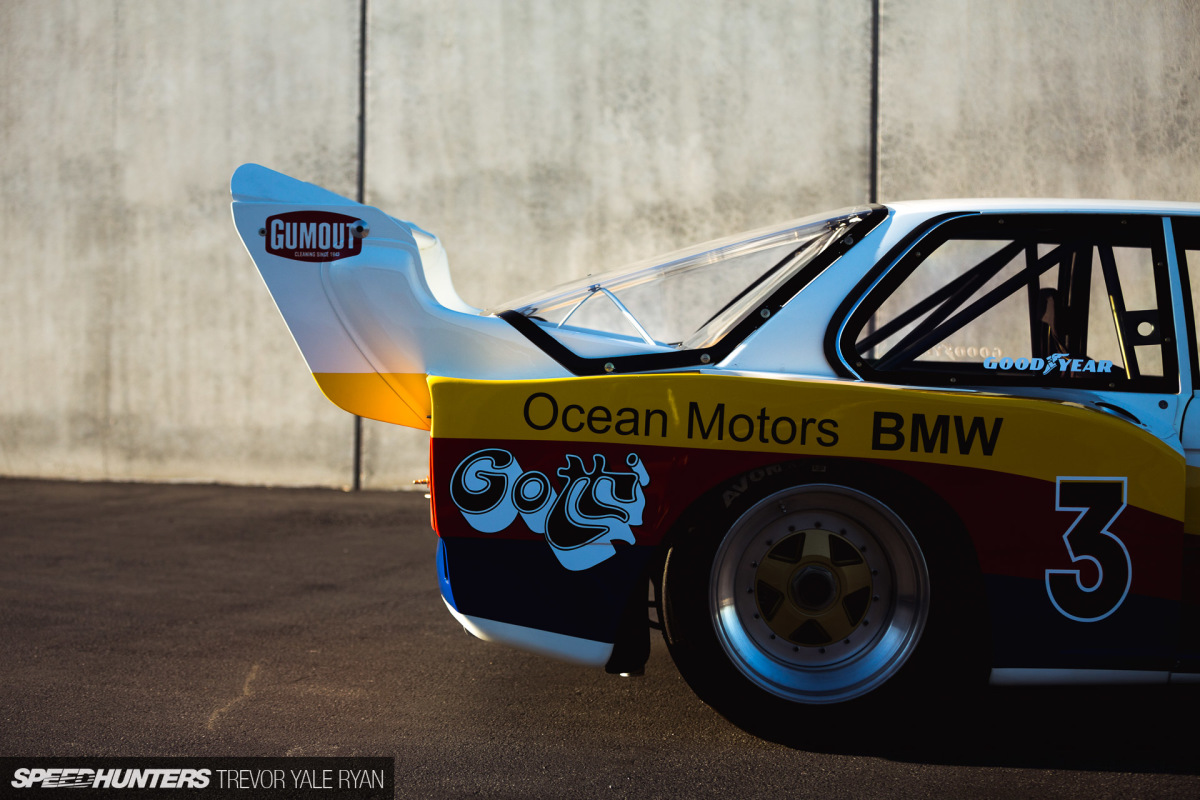
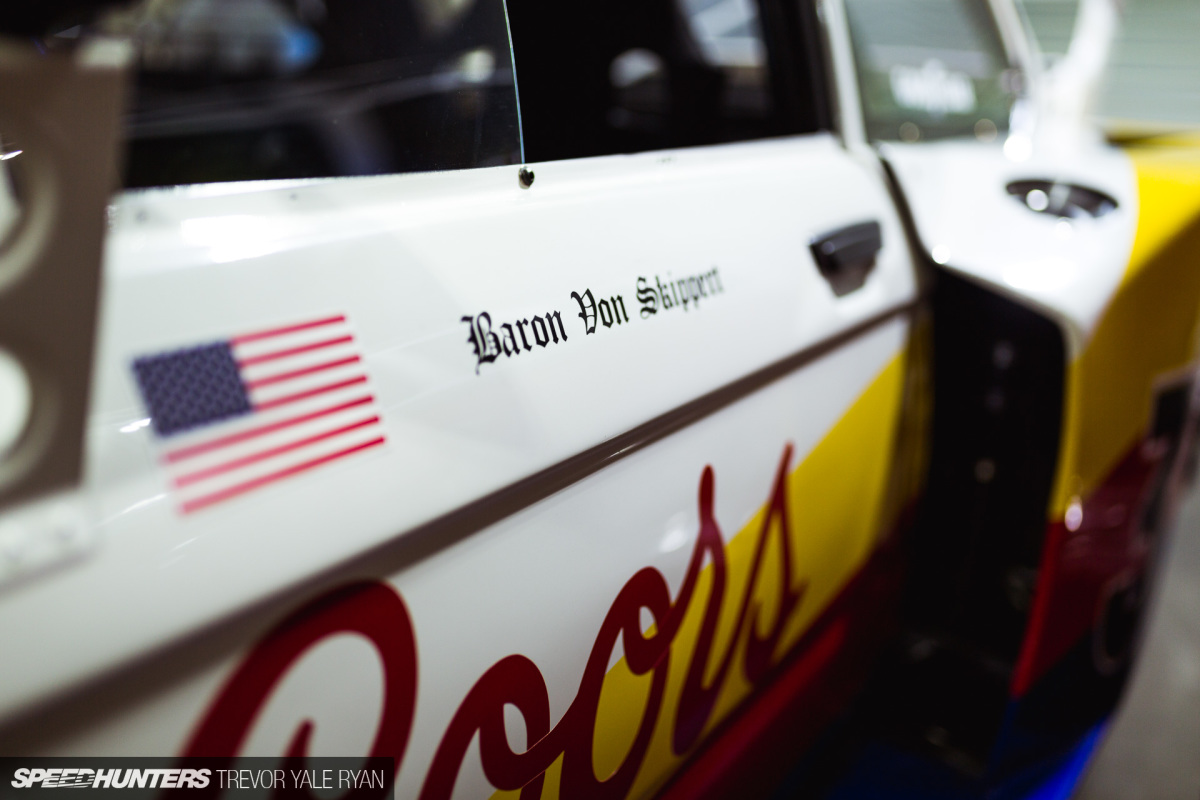






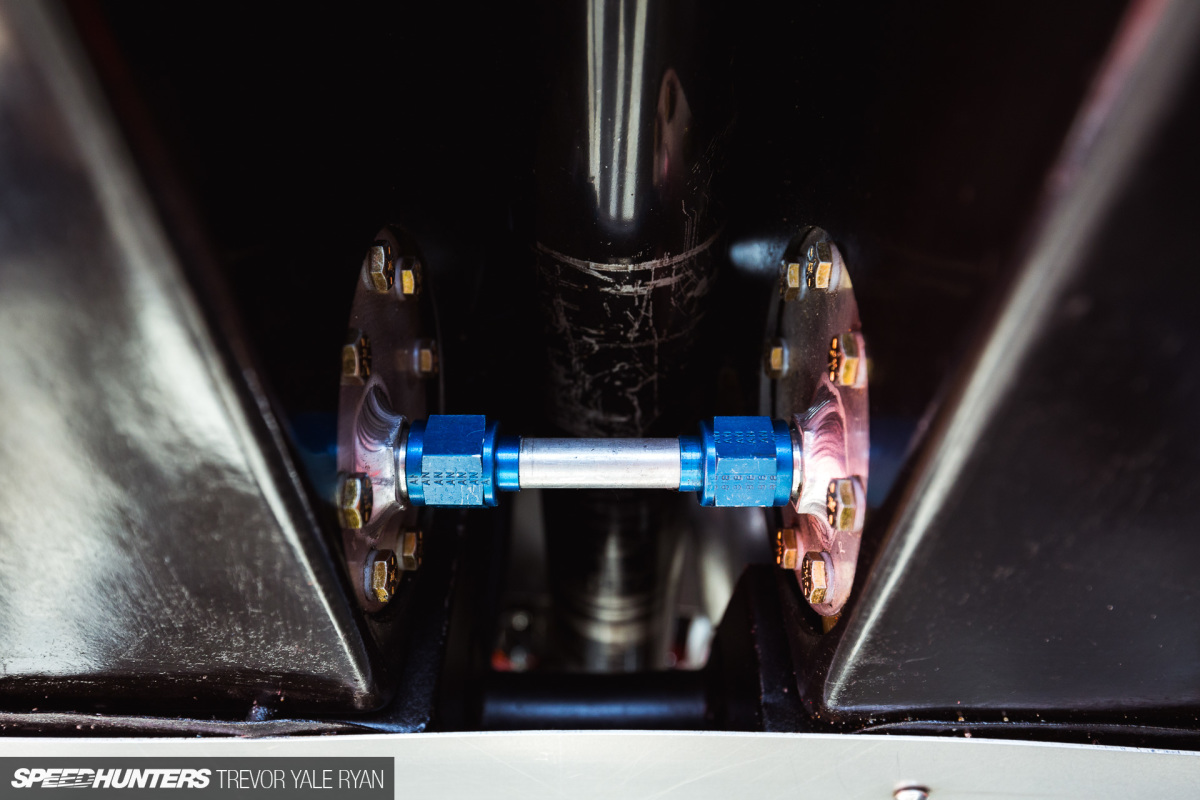



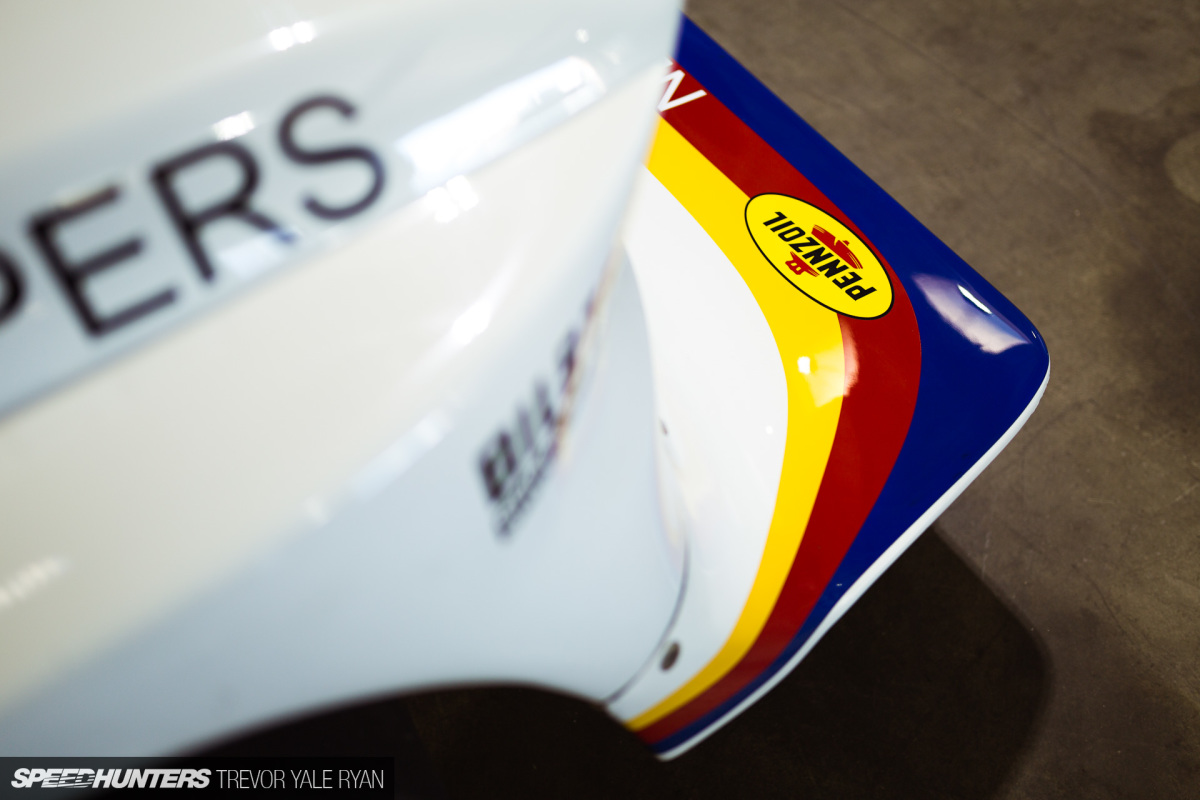

















Great write up and fantastic photography on a beautiful beast of a machine! I’ve always been a fan of the E21 chassis, it’s on my short list for a new project car. However, I read this paragraph and am saddened by how untrue it really is with the unveiling of the new 3 series here in the USA...
Today, the BMW 3 Series is six generations strong, a compact executive sports car that year after year continues to significantly contribute to the shaping of the BMW brand. Beyond sales figures, the M versions of this model really matter to brand loyalists and car enthusiasts alike; the perception of BMW’s sports cars trickle through all models. With a seventh generation — the G20 — recently unveiled at the Paris Motor Show, the 3 Series is a car that remains vastly important to BMW.
If it really was, “vastly important to BMW” I would have expected BMW to at least keep a manual transmission as an option here in the States. But alas... no more with the G20. The rest of the planet still gets it with the smaller displacement engines, but a 3 series without a stick means that, “The Ultimate Driving Machine” is officially dead here in the U.S. Yes, we all know how much faster an automatic is, etc., etc. but not having the option... I think that’s a big mistake on a car series that launched and embodies the whole, “sports sedan” ethos...IMHO.
Thank you!
As far as the 3 series I disagree, it is important to BMW. They're a company and they need to make money (as kevski described). The fact that it comes with an automatic is very telling of what the future holds for BMW (unfortunate as that may seem to some).
It still is vastly important, but just not in your market. The people who actually buy a new G20 would much rather have a G20 with an automatic transmission. The one who does want a manual transmission could always import it. But the matter of the fact is: Buyers who can afford it just want the auto option. Sure there may be enthausiast who want a manual, but they are most likely the people who cant afford a new one, and are hoping to score one in the used car market down the road. BMW doesn't make decisions based on that....
it's interesting how in one series it takes "money no object" to do the rear axle sump drive where a kart for $800 does the exact same mechanical concept with a set of rubber o-rings that are 85 cents. The only difference is the kart powers the water pump for the radiator on a modern one.
fun stuff. awesome article!
Fair enough, its not revolutionary. But if you were to bring your E21 in and ask for this conversion it'd cost at least half as much as the whole car. Just driving home the fact that many engineering hours and specialized parts went into making this thing competitive.
Glad you liked the 2000 other words!
I loved the whole article. It's the best one I've ever read on this site. I was just saying it's cool to see how the same concept can cost a ton of money on one car and be next to nothing on another racing machine. It's really cool to see how they all use similar techniques. That's all.
Awesome, thanks! That means a lot. And yes, I see what you're saying — very true. It really is amazing how much of a difference in cost it can make if something is designed for a specialized purpose from the get-go rather than adapting it later. Cheers!
It’s an odd statement from Trevor.
Admittedly it's a neat detail, but axle / tailshaft driven pumps and alternators are common place on race cars of this era.
Also this is a pump would be for the diff oil cooler - not a dry sump!
Considering the huge amount of time, money and effort that must have gone in to restoring this car, I wouldn't describe a diff oil pump as "money no object".
An incredible era of motorsport!
Yes, bit of a brain lapse there, I'll fix that. It's for the trans & diff.
That setup is only there now because it was there back in the day. It's just not something you see on a car unless (as you say) the budgets are outrageous.
One just has to love the good old group 2 and group 5 cars! Highly tuned 4 cylinders revving their hearts out way beyound 9k rpm, cars so unsafe that you can't even imagine a sane being driving them. I definitely would love to see more about the M10 engine and especially it's variations like the M12 and the Schnitzer 20-4, maybe you guys should talk to the Schnitzer guys sometime, they are currently rebuilding the 20-4 engines.
Indeed, they are hard not to love. And yeah, seriously, that spindly front end doesn't exactly look like the picture of safety does it? As for the Schnitzer stuff I'd be interested in learning more about this if you have any details, my email is there at the end of the article.
Absolutely Brilliant Article, one of the coolest cars around that’s for sure, the power those engines were making is insane!
Would be incredible to have some kind of Grp 5 Revival one day!
One question- and a techy one at that, if the dry sump pump is powered by a rear half shaft, where does oil pressure come from when the car is stationary?
Keep up the great work !
Thank you Ant! Yes, please organize a group 5 revival and I'll cover it haha. You raise a good point about the dry sump dont you I fixed it, it's for the diff & trans
I fixed it, it's for the diff & trans
when i own a Grp5 Car ill be sure to organise an event
I thought about that later and realised that, was having a bit of a blonde moment when i left the comment! Cheers!
I remember this chassis when Frank Gardener owned it in Oz. Was also driven by Chris Hones after Jim Richards (who had the JPS livery). Great car which I was fortunate enough to be around as the team gofer and support and I’m so glad to see it still exists and in the hands of a capable enthusiast. Wonderful.
That's awesome! Yes, this car ended up in the right place for sure.
Great car and article. The rear axle driven oil pump and alternator are pretty standard fare, then or now.
And that pump is certainly not for the engine dry sump. Can you imagine the car sitting, idling, no wheels rolling, how does the engine have oil pressure? Diff cooler pump.
Yes yes, it's fixed LOL. Glad you read it all and are keeping me honest!
What a thick article to accompany a thick car! LOVE this era and what a bit of history.
Sorry if I missed this in the article - but to me the most noticeable aesthetic change to the car from the vintage photos is the fastback window - I don't think I've ever seen one like this on this model of BMW. When was this made, was it a modern day solution to fix something sketchy with handling? Clearly it's for aerodynamics but would love to know a bit more about it as it is such a big visual change (to me).
Ignore the 2nd bit - clearly skipped over the whole section on it! Very cool insight!
Really enjoyed this - more race cars please.
Glad you liked it and I feel the same way. Along with a bunch of other stuff to sort through a couple vintage F1 cars should be up in not too long
That secondary rear windscreen is an interesting method to improve the aerodynamics.
IMSA GTO and Group 5 are 2 racing series that I wished to have seen them with my own eyes.
Should have put a 'NSFW' note on this haha! Pure porn...
Pretty dope! And that Black one with the JPS Livery! Love it!
It's the same car, that's what's so awesome!
This is a great car and a great story.
The type of article that so many of us enthusiasts of old race cars have been waiting for Speedhunters to provide, again.
Reminds me of this old, in some ways related article from 2007, that first brought me to Speedhunters:
http://www.speedhunters.com/2009/09/car_feature_gt_gt_mclaren_bmw_e21_turbo/
Love all the history the Busby BMW owner offered and how the author put it all together for this piece. The photos are just stunning, and to have so many detail shots is just wonderful!
I learned quite a bit from this story, and that's what will bring the enthusiasts to, and back to, this site.
Turbocharging in F1 was banned for the 1989 season. It saddens me that you could forget that the winningest car in F1 history, the McLaren MP4-4, was powered by a Honda RA168 1.5L turbocharged V6. Please do better
Haha I could never forget the Prost/Senna battles in that car, turbo or not. I meant that turbos were banned in '88 i.e. for the next year, but that is a bit murky how I wrote it. Thanks for your impeccable ability to find something to improve on
Was this the flying brick?
wow. From start to finish. wow! Great story and photos Trevor!
Damn, this car is so amazing. Awesome work Trevor!
Awesome article for an awesome car! You gotta love those Group 5 cars with those outrageous aero kits and ridiculously sized rear wheels! By the way, I think that Busby drew his inspiration from Porsche, since the works 935/77 started that whole "second rear window for better aero" thing if I'm not mistaken. Shows the, let's say, creativity those guys had back in the day.
That article must be one of the best pieces of writing on SH in years. The last "Retrospective" was posted a long time ago - too long ago, me thinks. Maybe it's time to bring those back?
Great article and beautiful photos! I love to read books about racing history, and you made me track down and order a copy of the "Unbeatable BMW". I've never owned a BMW myself, but I've always been really interested in the 70s DRM racing and the BMWs of that series were really cool in every aspect.
I'm sure a lot of you know about the movie already, but for those who don't I'd recommend watching the "Adrenalin: The BMW Touring Car Story" DVD. A really nice documentary of the subject.
Excellent article. I've been trying to figure out for years the connection with Cox Newspapers. I work for Cox today and no one has any recollection of why the company's name was so synonymous with this car. Is this anything you can shed light on, Trevor?
The best article about the best car!
I may be biased though...